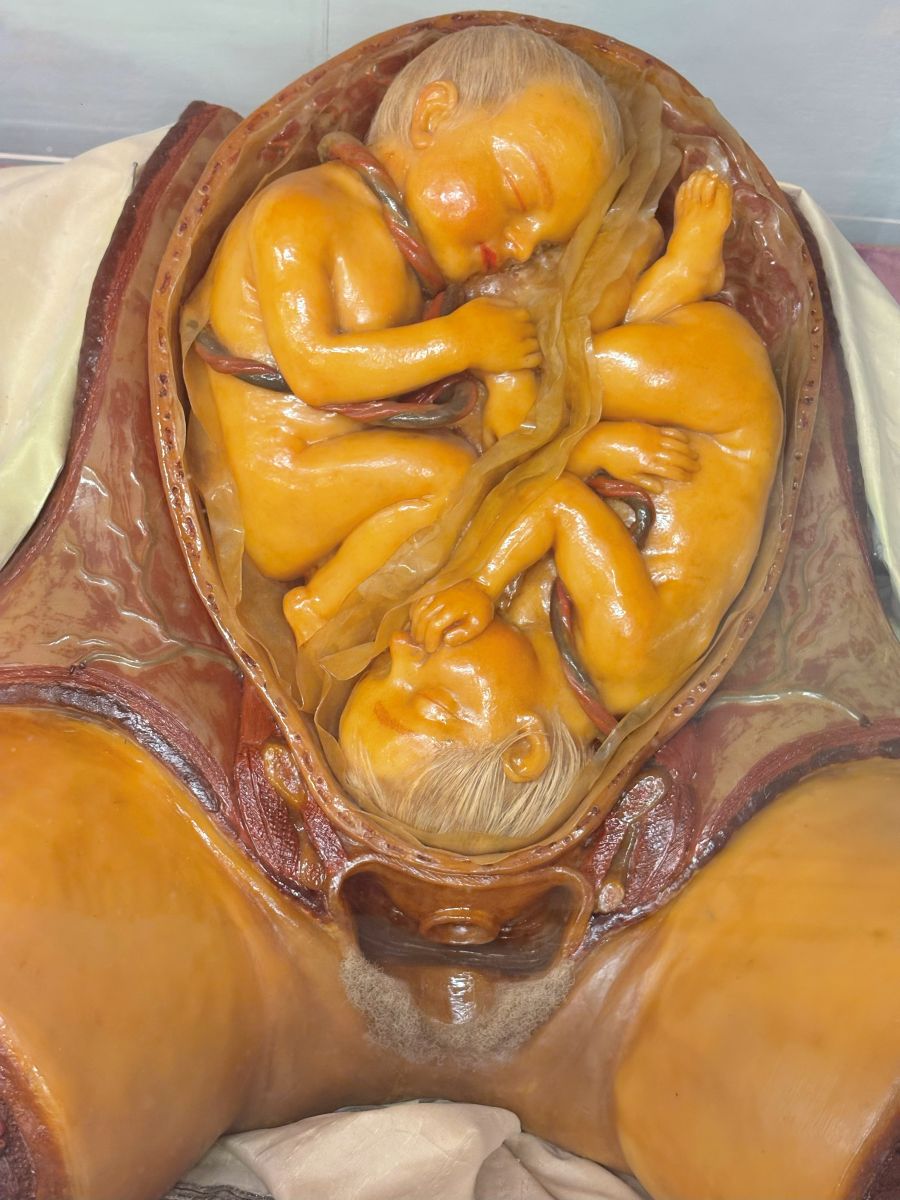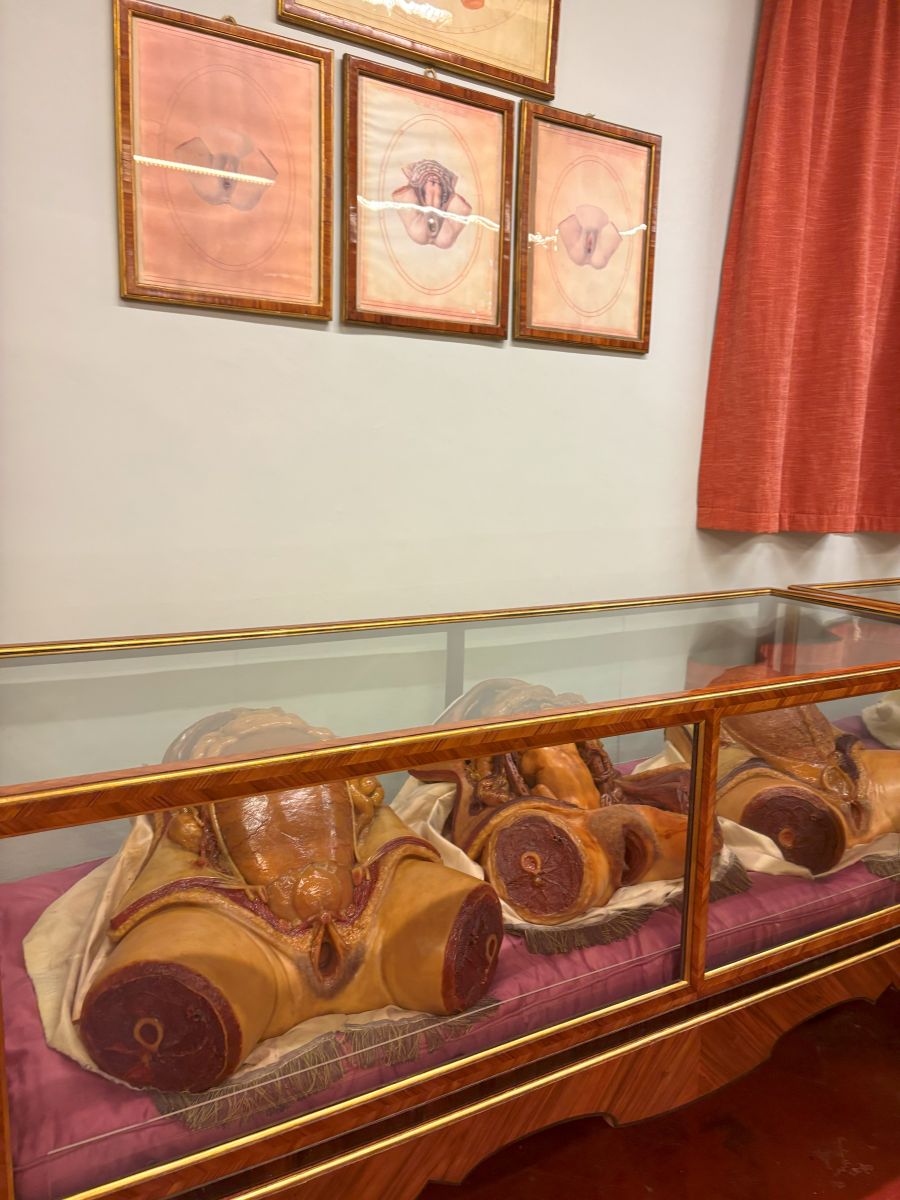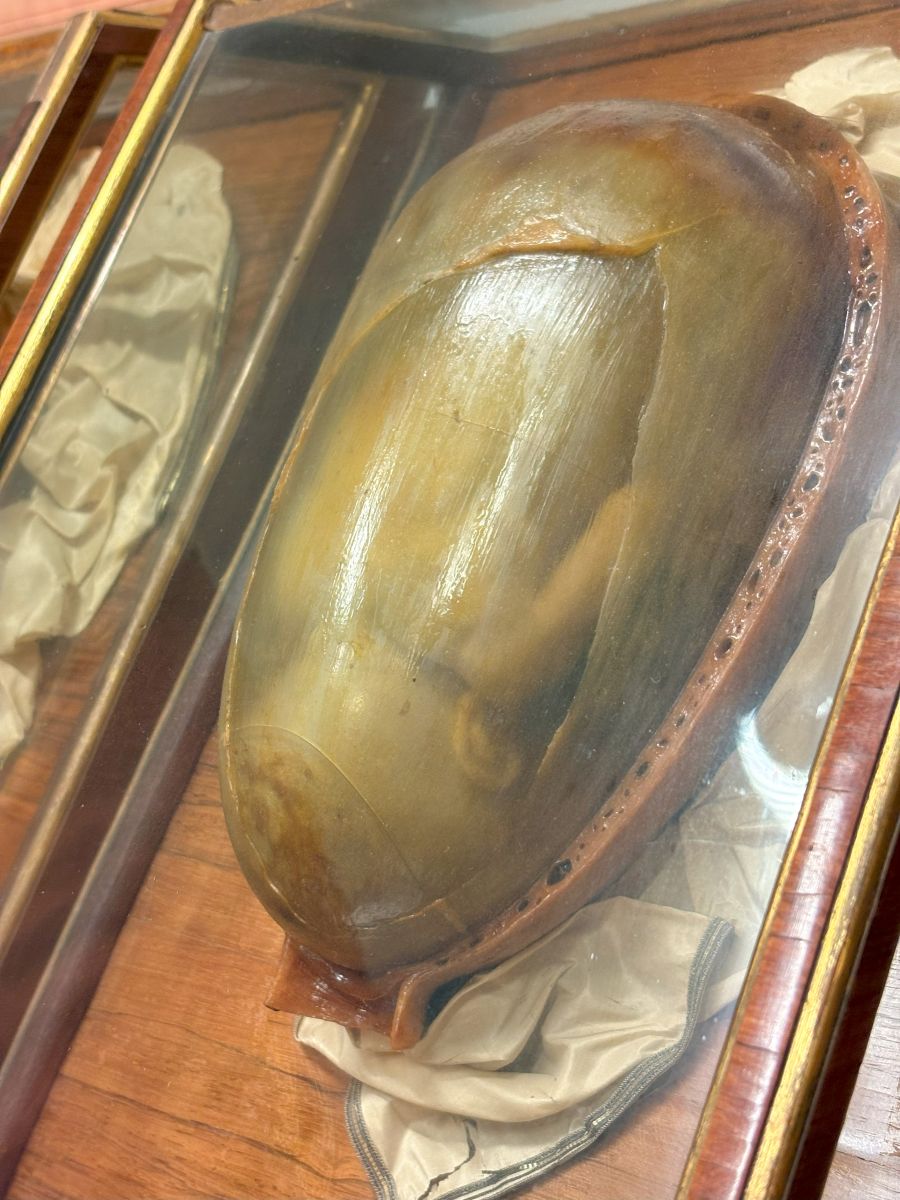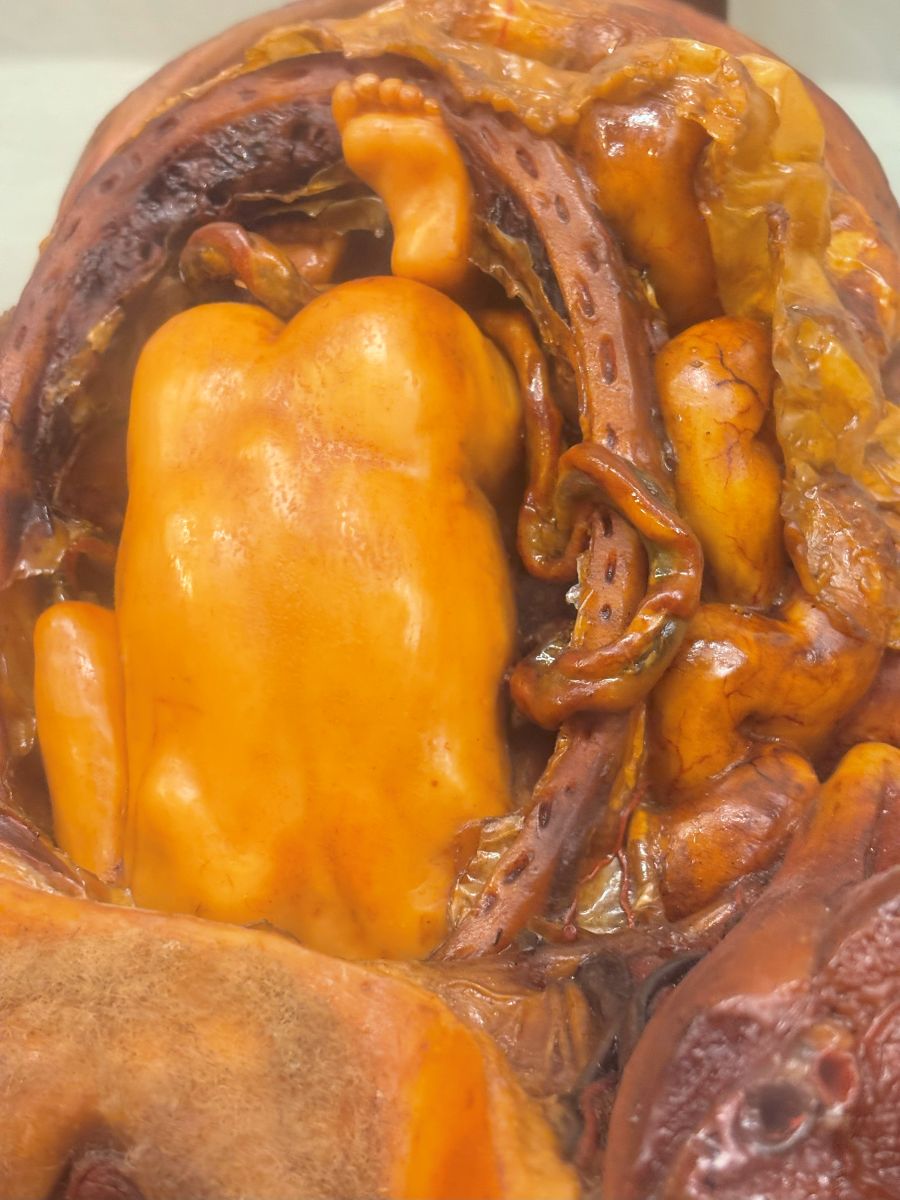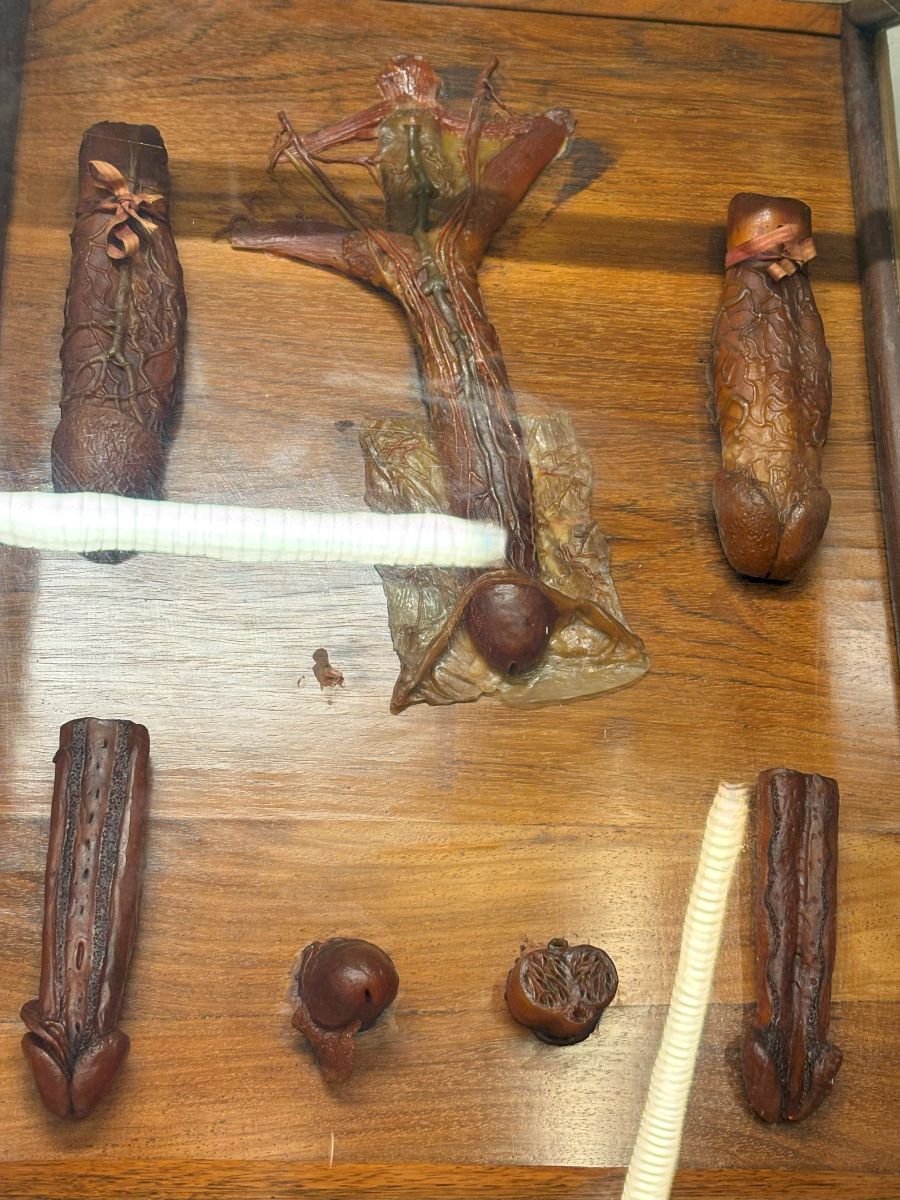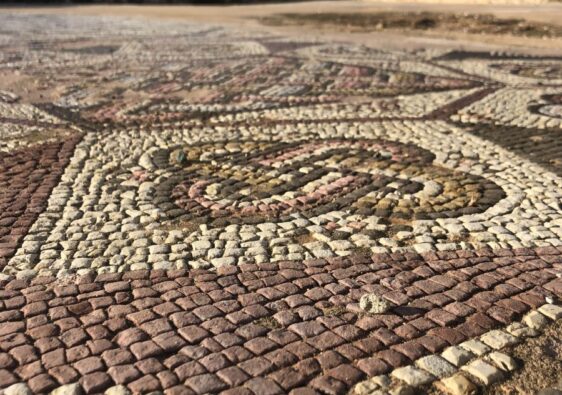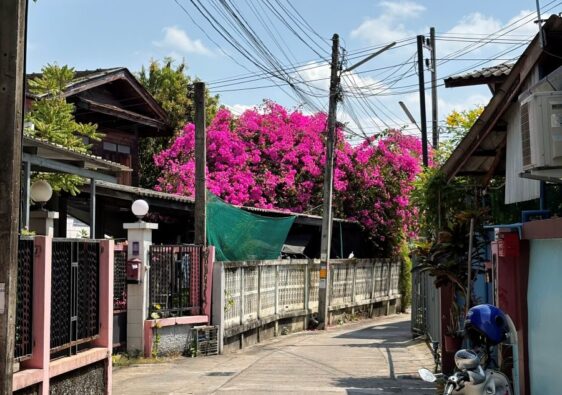Always on the hunt for the more unusual things to see or do at a new destination, I found an absolute gem. I was not prepared for the sheer volume of displays nor their quality. What I saw, will stay with me for years, incredibly interesting and fascinating beyond belief. Inside the stunning La Specola museum in Florence is where you want to be.
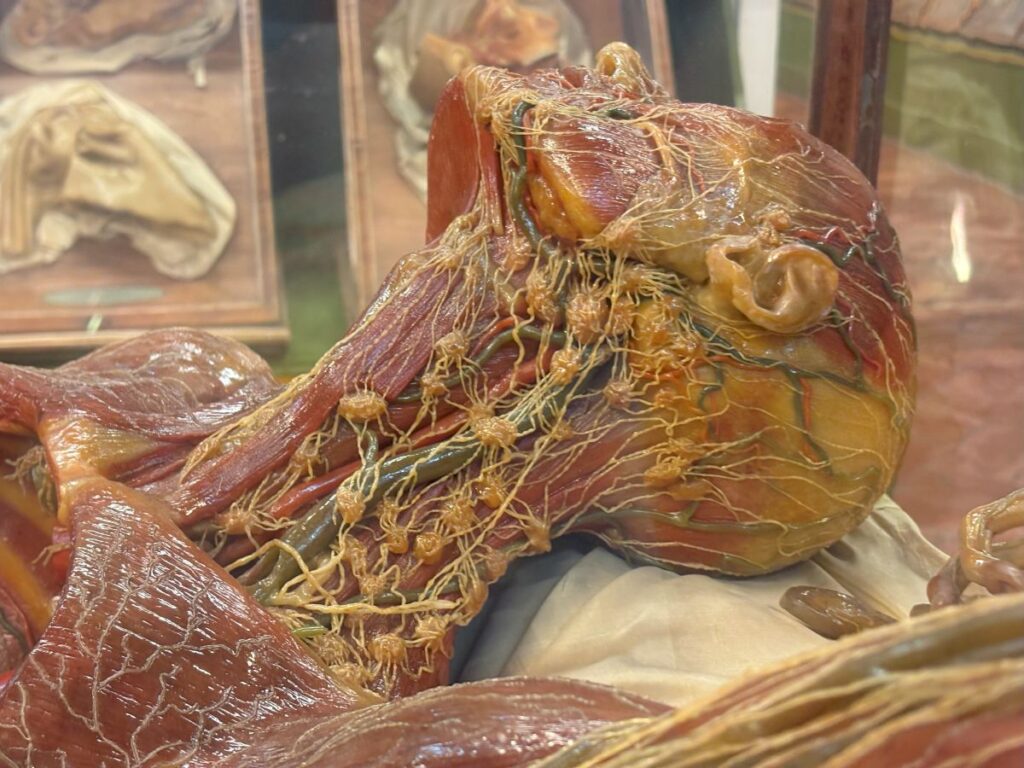
Brief History
Located just a short ways down the same road as the Pitti Palace, is the unassuming doorway of La Specola. It is the oldest scientific museum in Europe. The palazzo was built in 1771 to display a large collection of natural history curiosities.
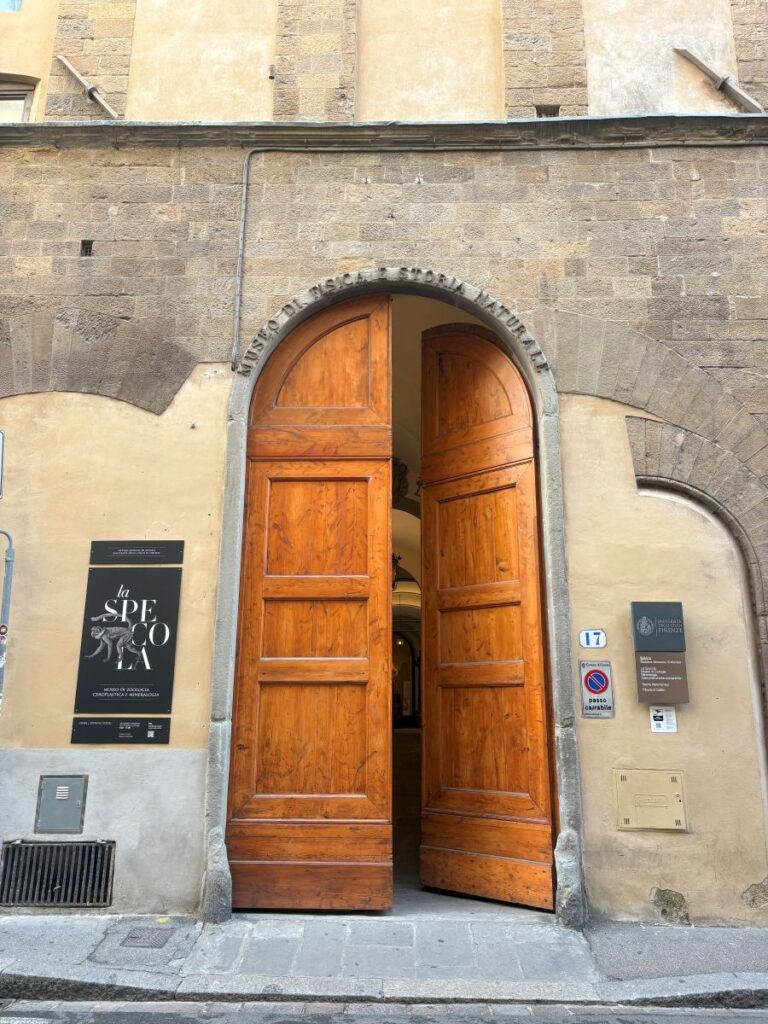
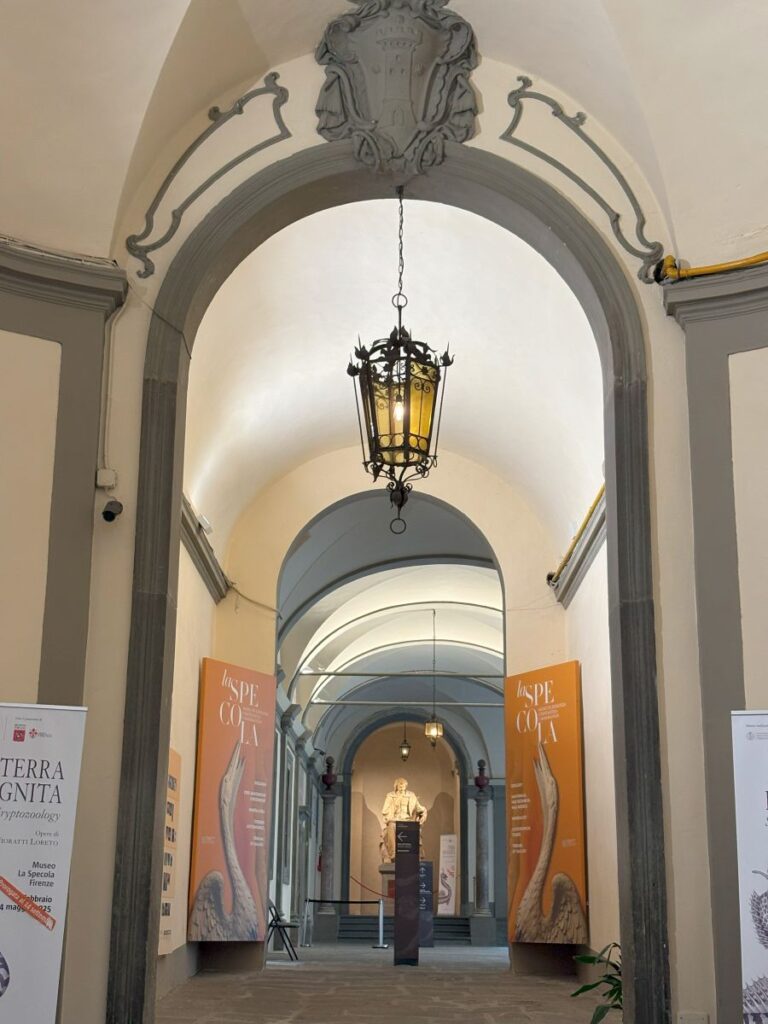
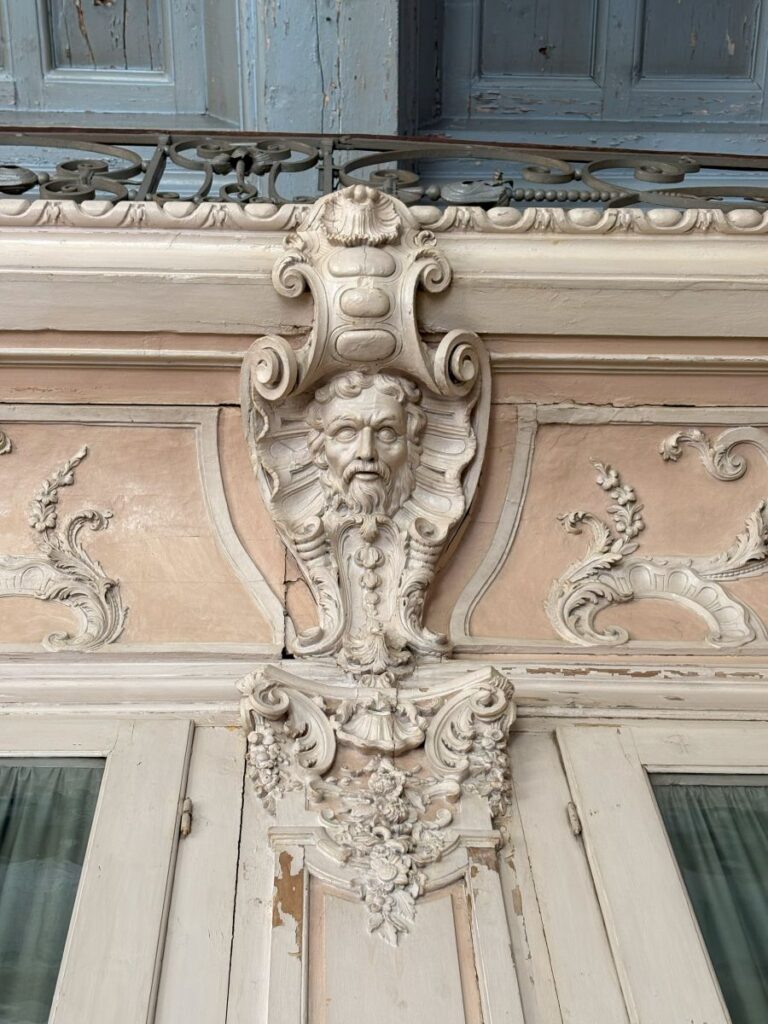
Most of the items were collected by the Medici family. La Specola was the only scientific museum created for the public. It opened its doors in 1775.
The Departments
Today what visitors will see are these exact same specimens that were on view 250 years ago. And they are astonishing. There are 34 rooms in total, covering three floors with an observatory on top. The three departments open to the public are mineralogy, zoology, and ‘Art and Science’ the educational models.
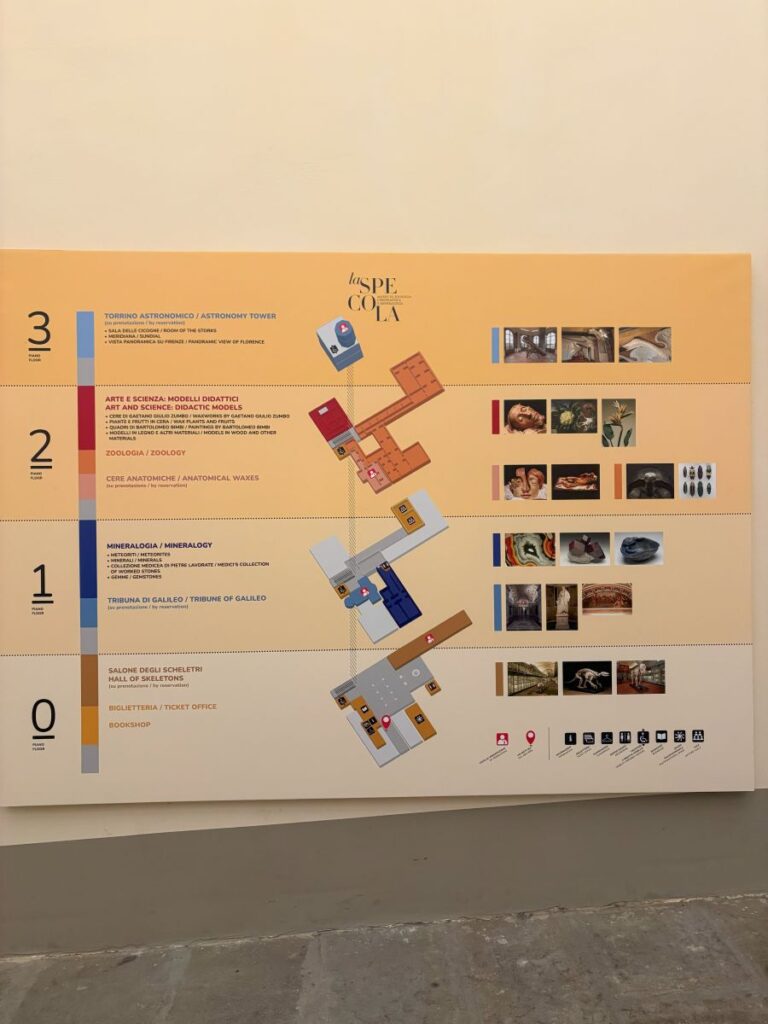
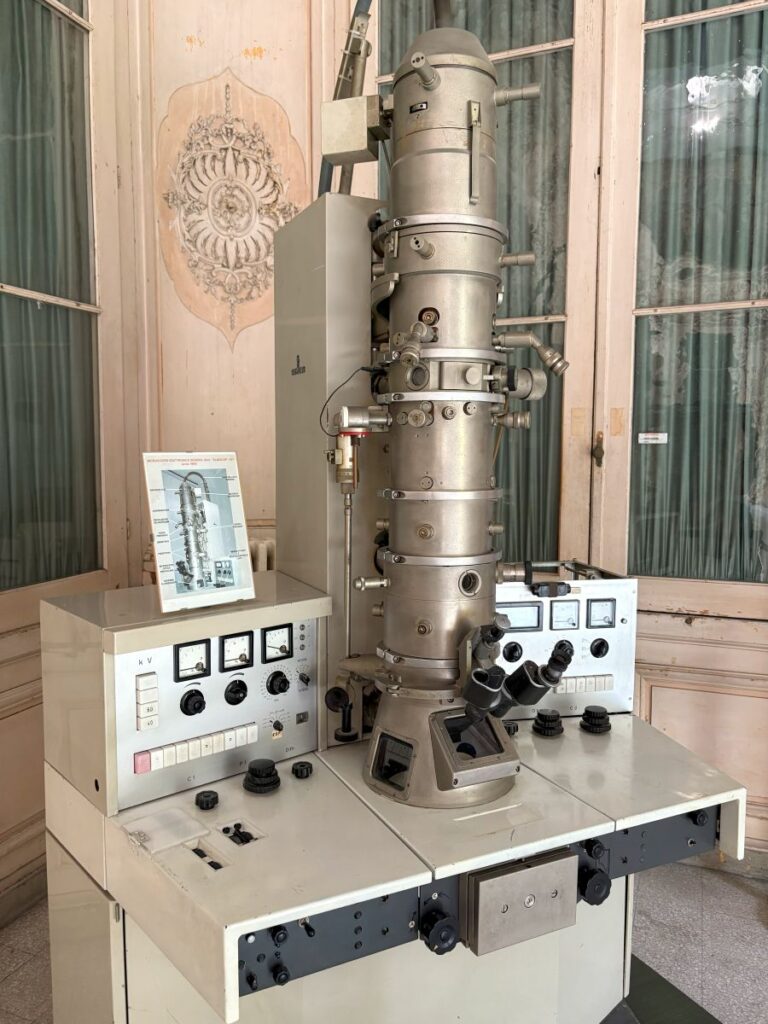
Mineralogy
The first rooms I entered after purchasing my ticket were these. I am amazed not only by the number of rocks, minerals and crystals but by the sheer size of the samples. One area is in complete darkness and has been created to view the fluorescent minerals.
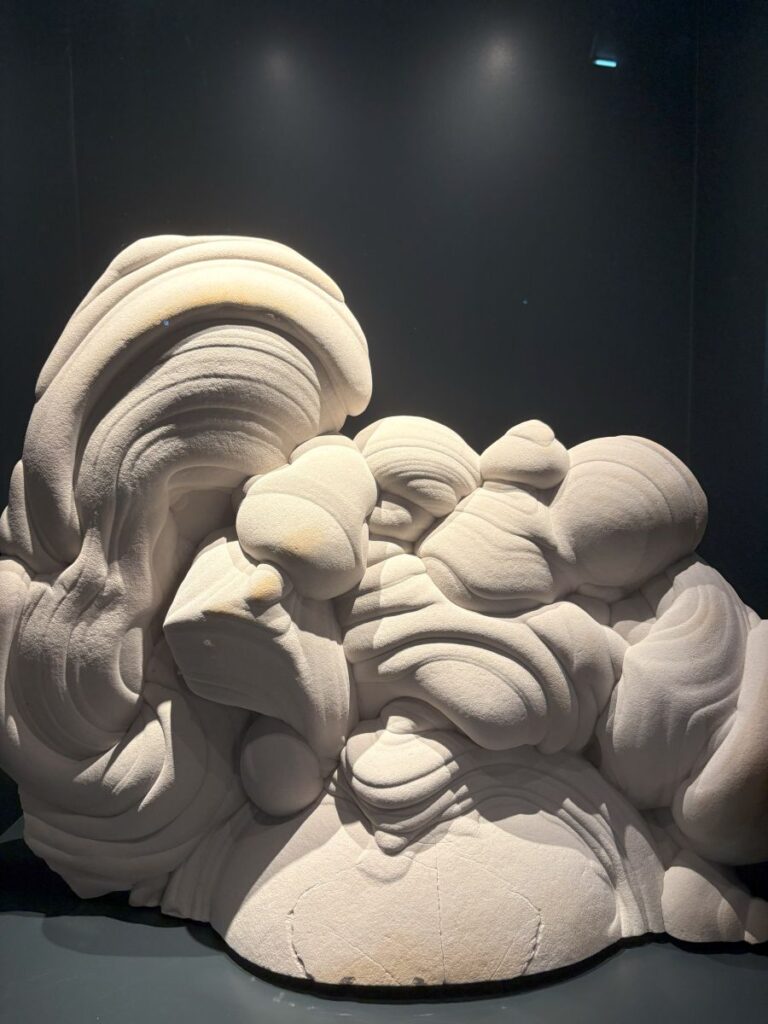

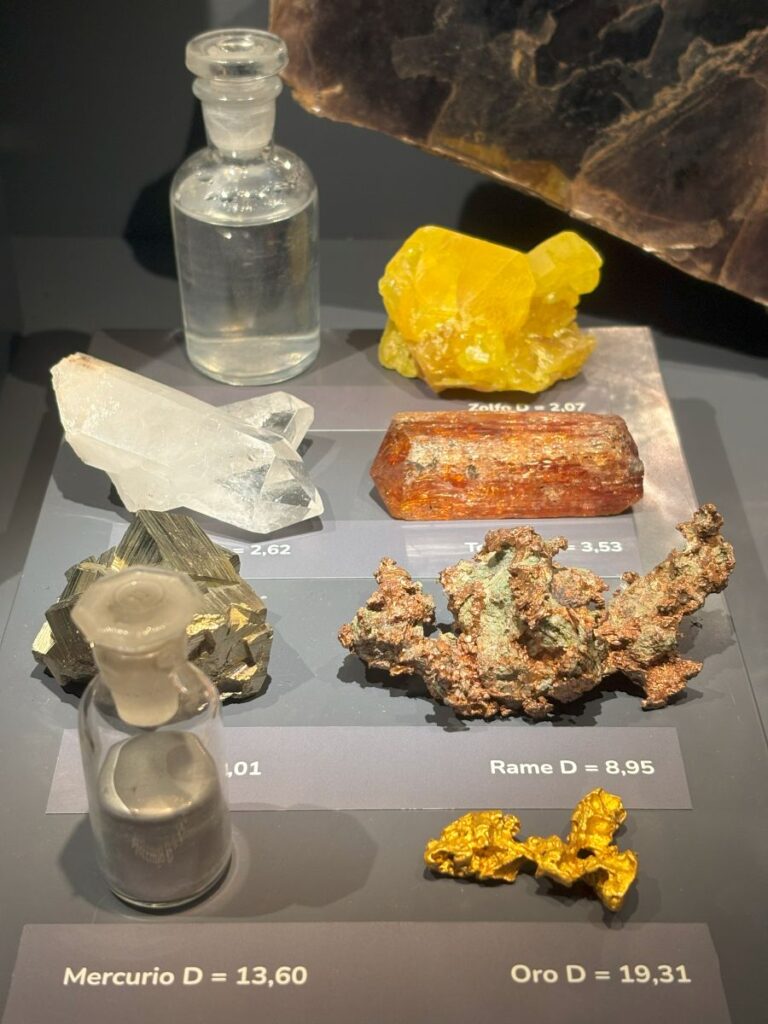
Another room is absolutely full of treasures removed from the Uffizi Gallery and placed here. Each one has been created from a mineral or crystal. Some were gifts given to the Medici family. Others like the gemstones were pieces mined and collected.

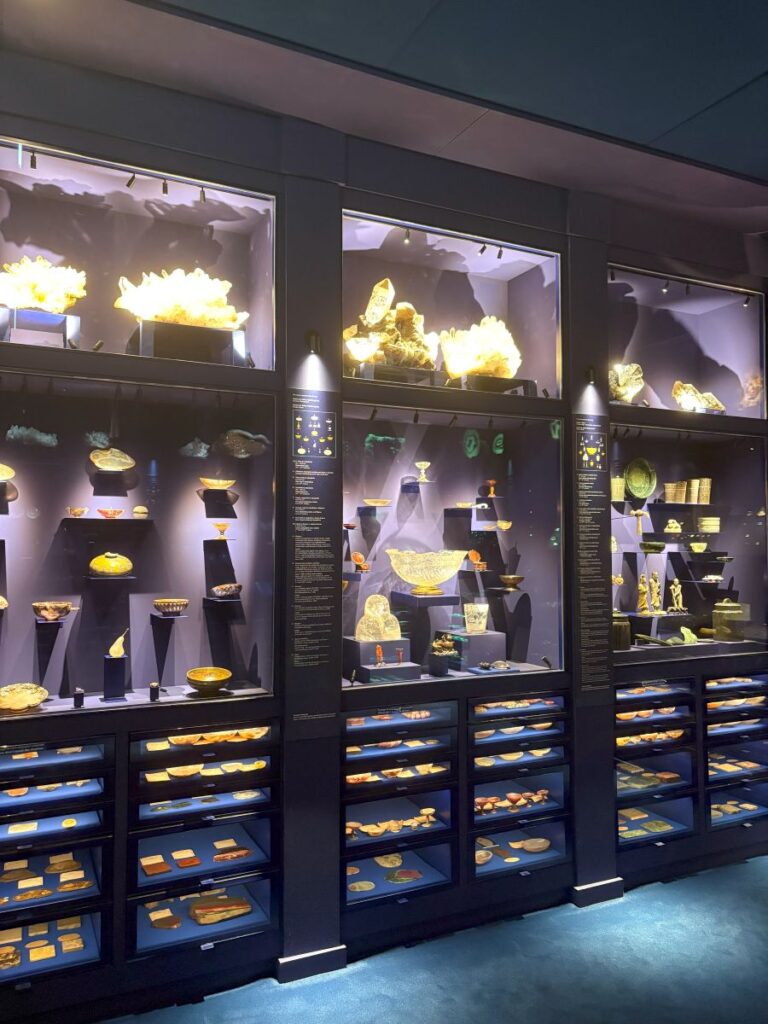
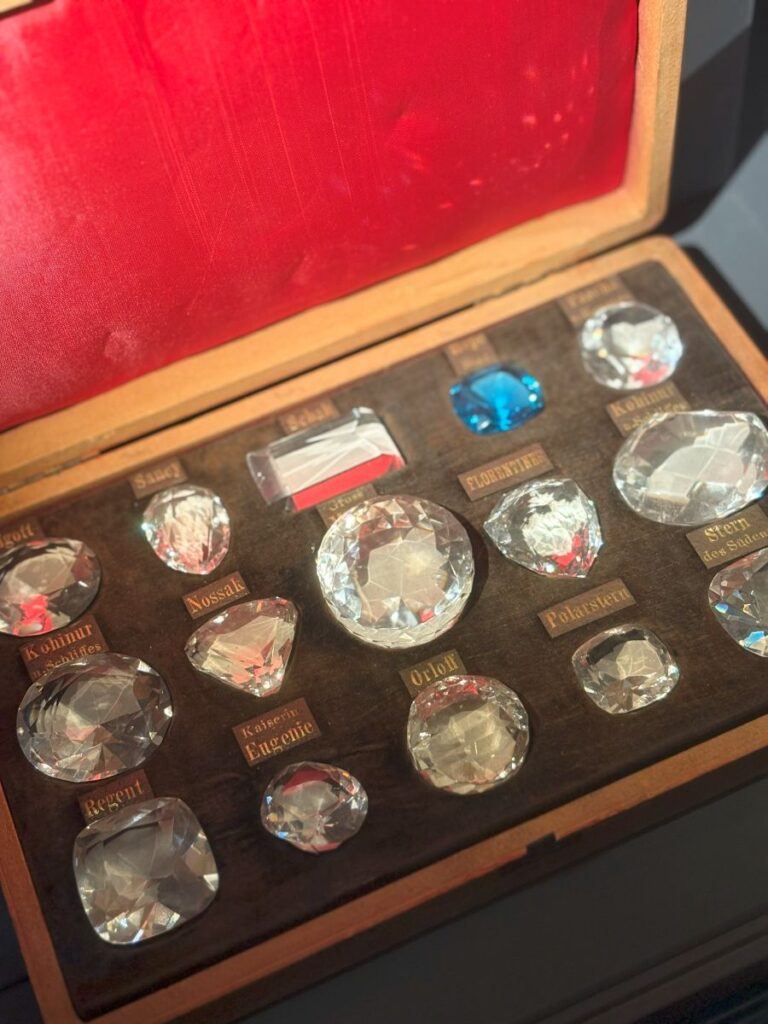
Zoology
You won’t believe the incredible volume of specimens in this part of the museum. All of these glass and wood cases are original from the 1770’s. The taxidermy is fascinating to see and study. Where the creatures were cut open, how they were stitched up, what was used to replace the eyes.
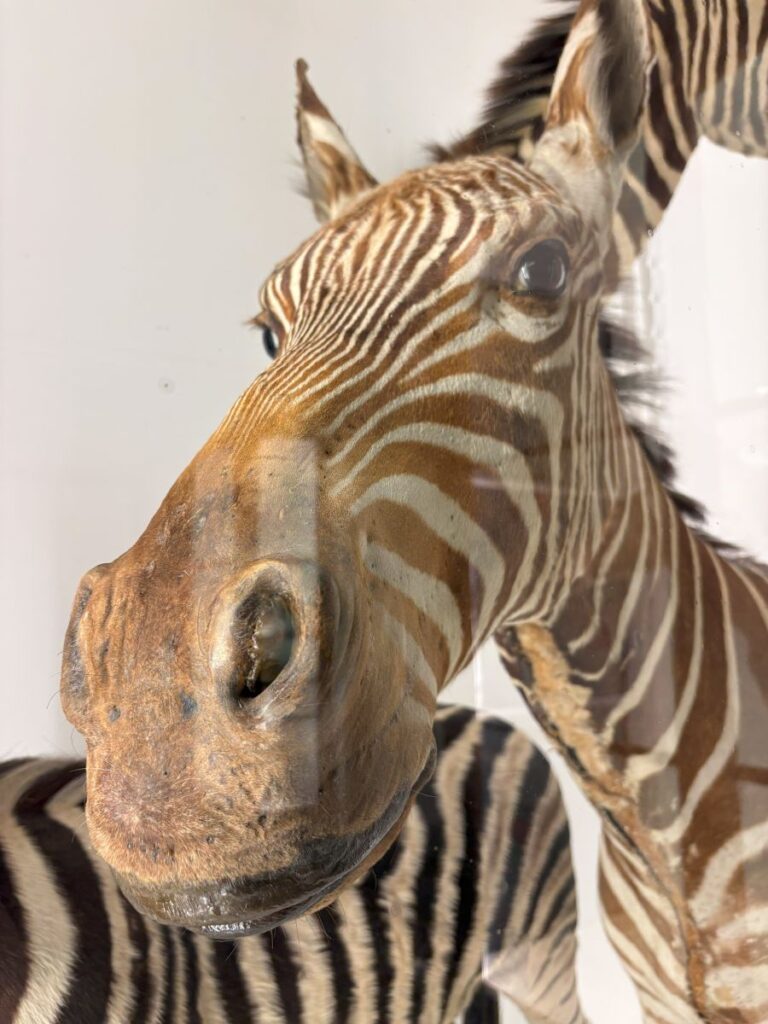
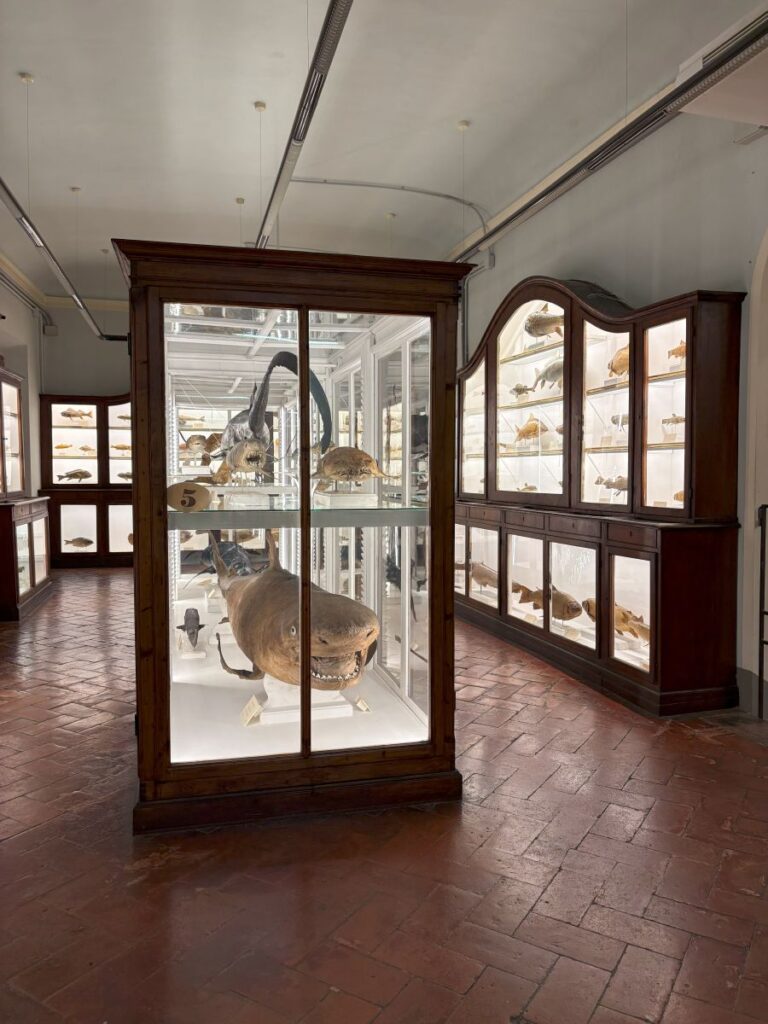
I must add too, that I was yet to see another human in this museum, I had the place to myself. Walking amongst these animals, the largest creatures on the earth, all I could think about was how did they get them all here? Remember this was 250 years ago. An enormous feat for sure.
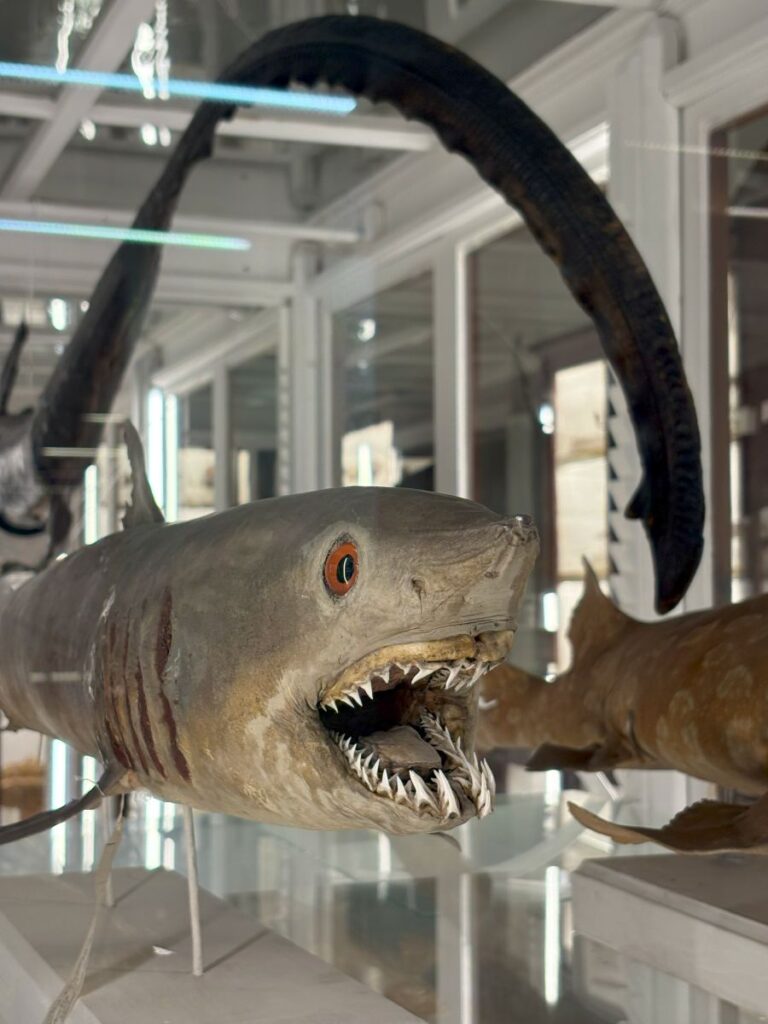
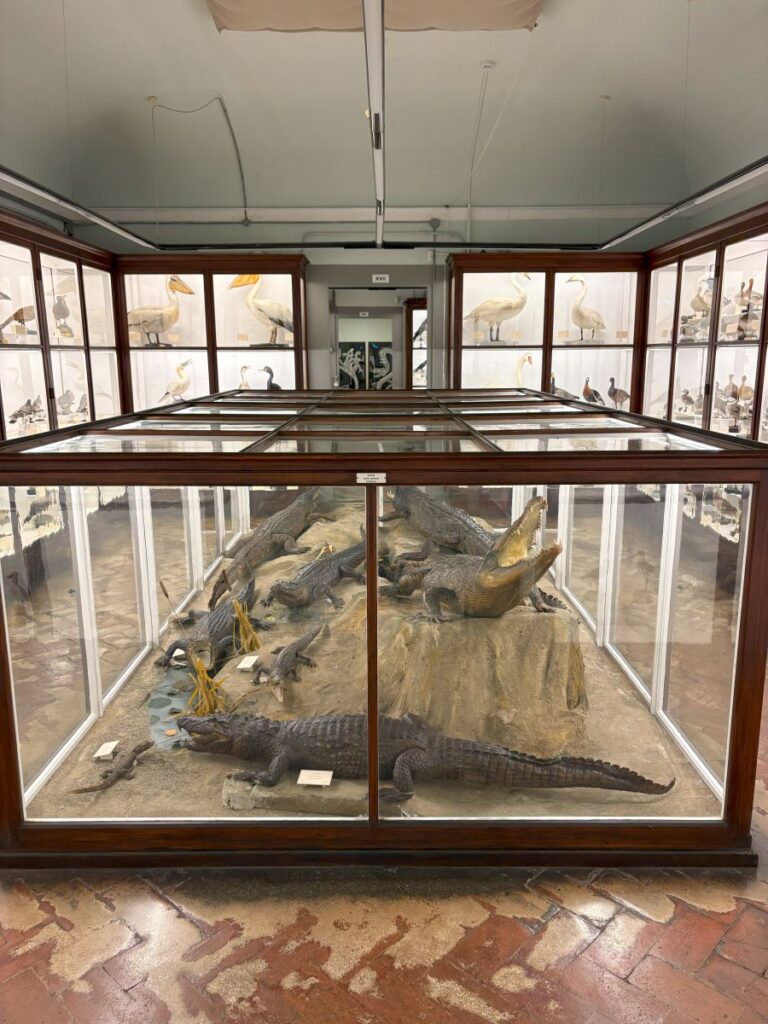

The hippo, he was actually a pet of the Medici family and roamed an area of the Boboli Gardens in the 1700’s. The birds! Thousands! Species I have never seen before like this white one with the unicorn horn.
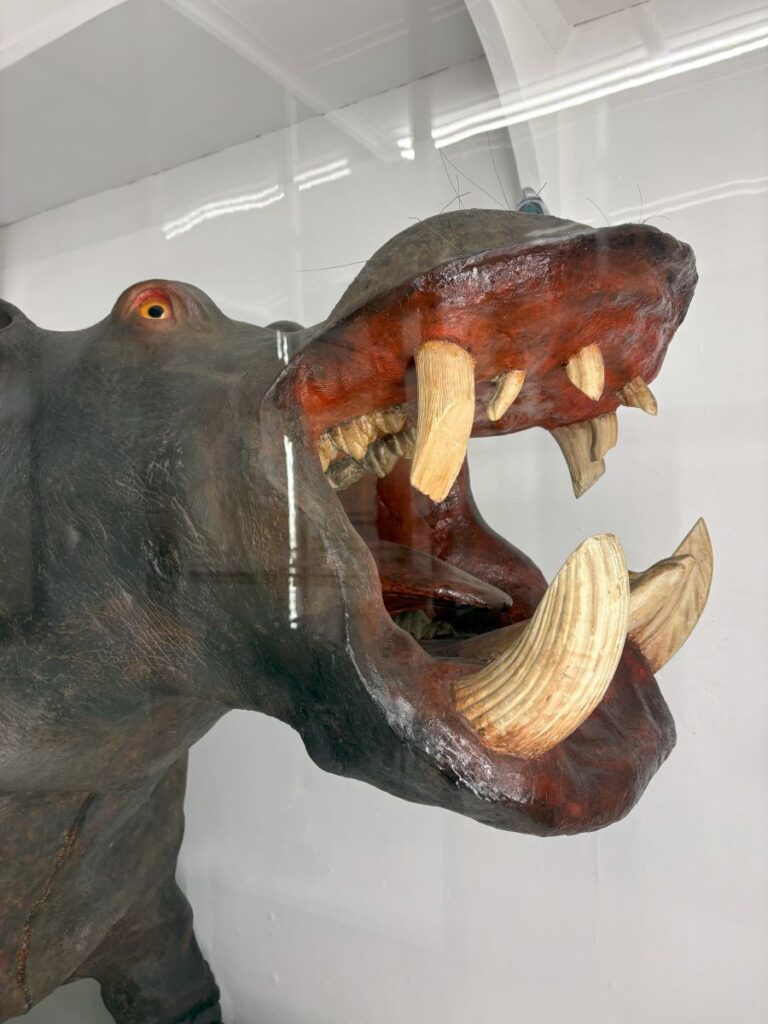
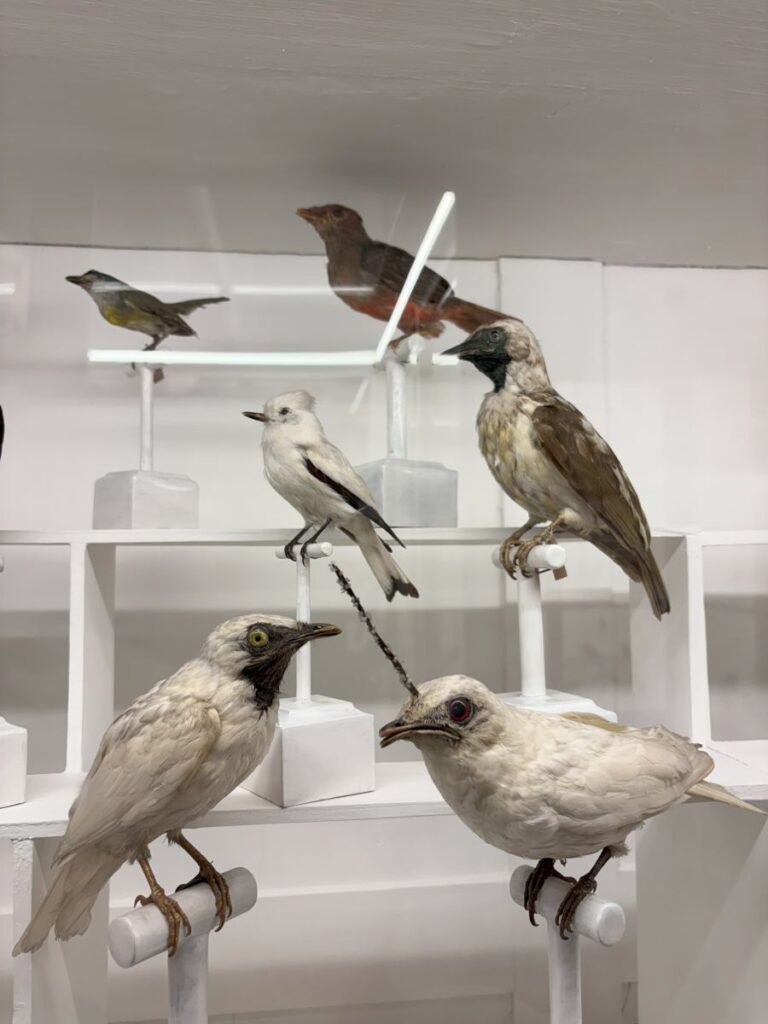
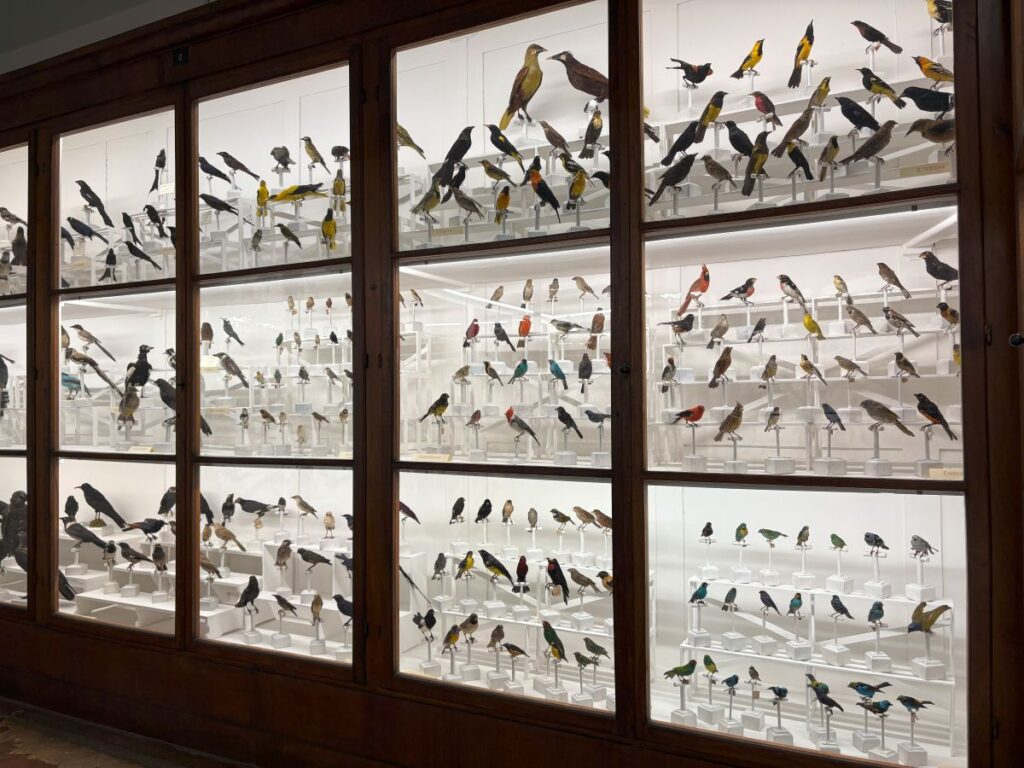
All the creatures from Australia! Kangaroos, koalas, kiwi birds, crocs, you name it, that animal is here. The collection is utterly astounding and includes species now extinct. And don’t forget the sea creatures, all the corals, shells, sharks, fish…..
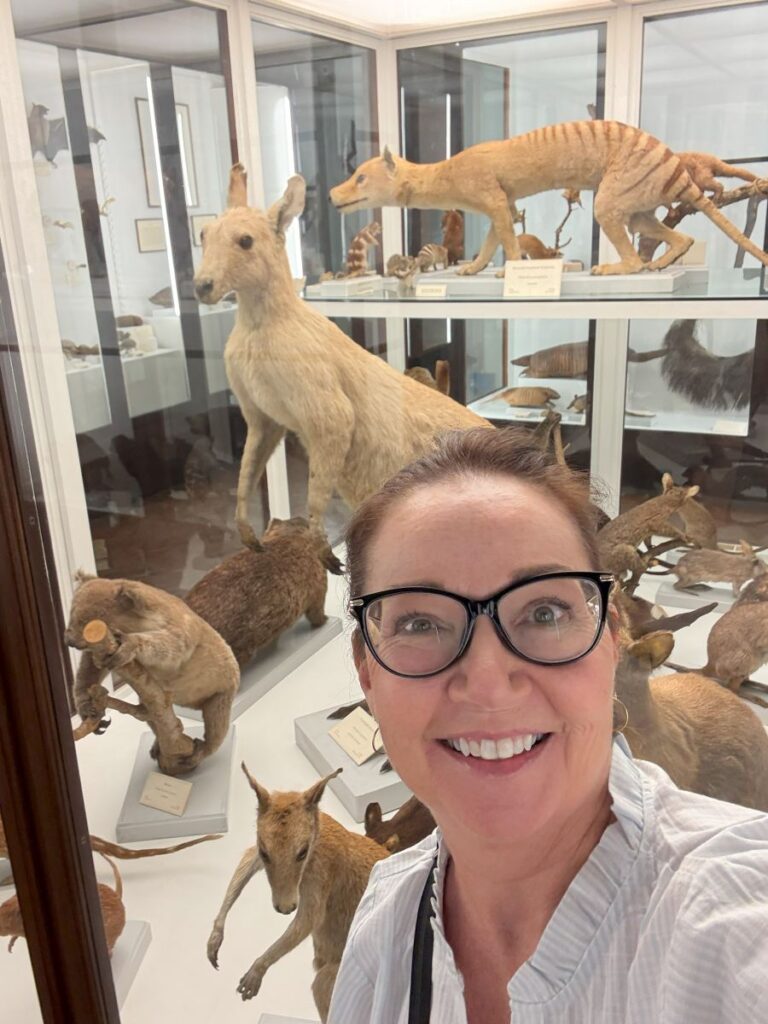
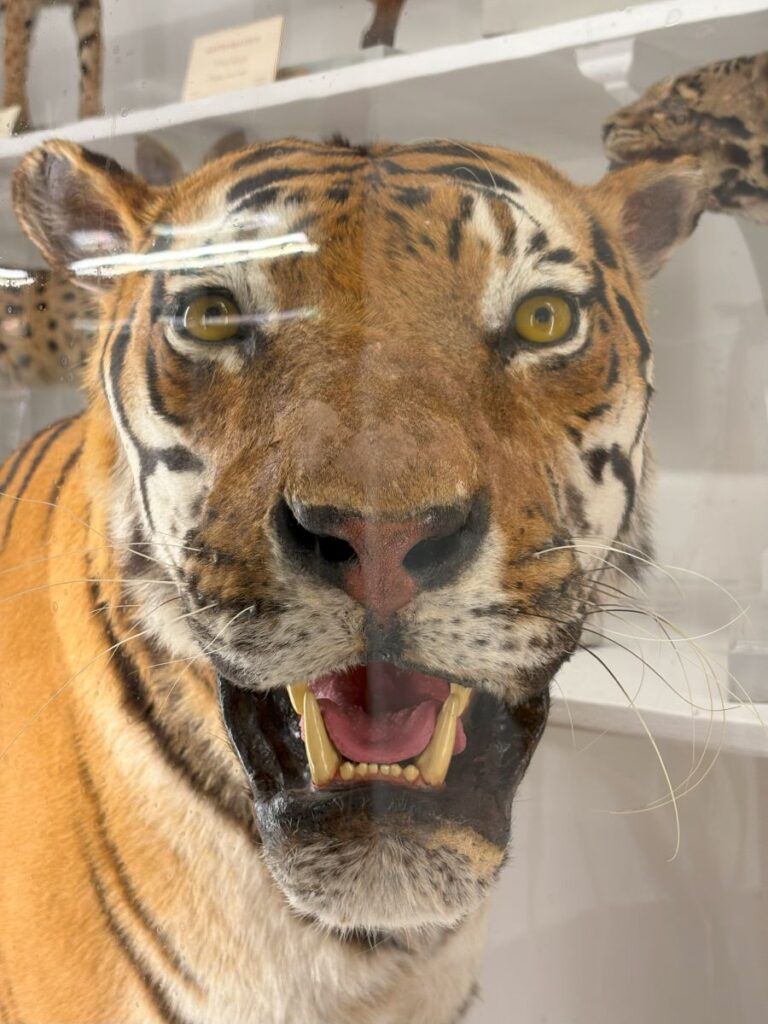
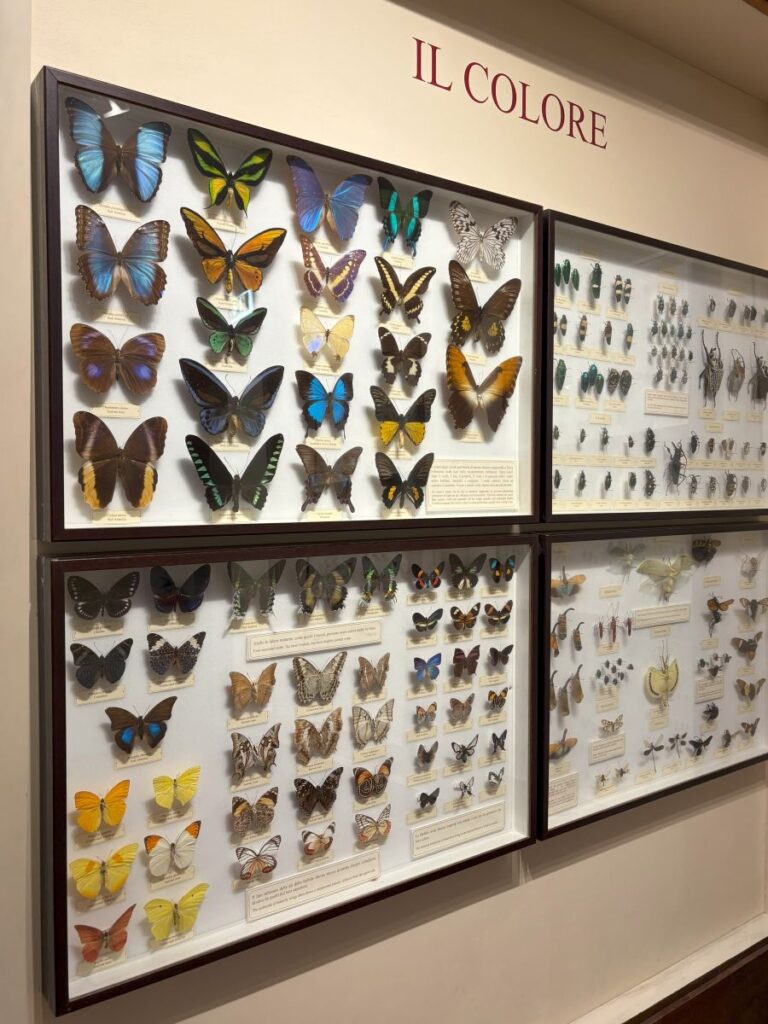
Wax Models
Now we delve into the most fantastical part of this experience. The wax models. As part of the basic ticket fee of €10, visitors can roam multiple rooms and view the plant and animal life, scientific models that were created for educational purposes.
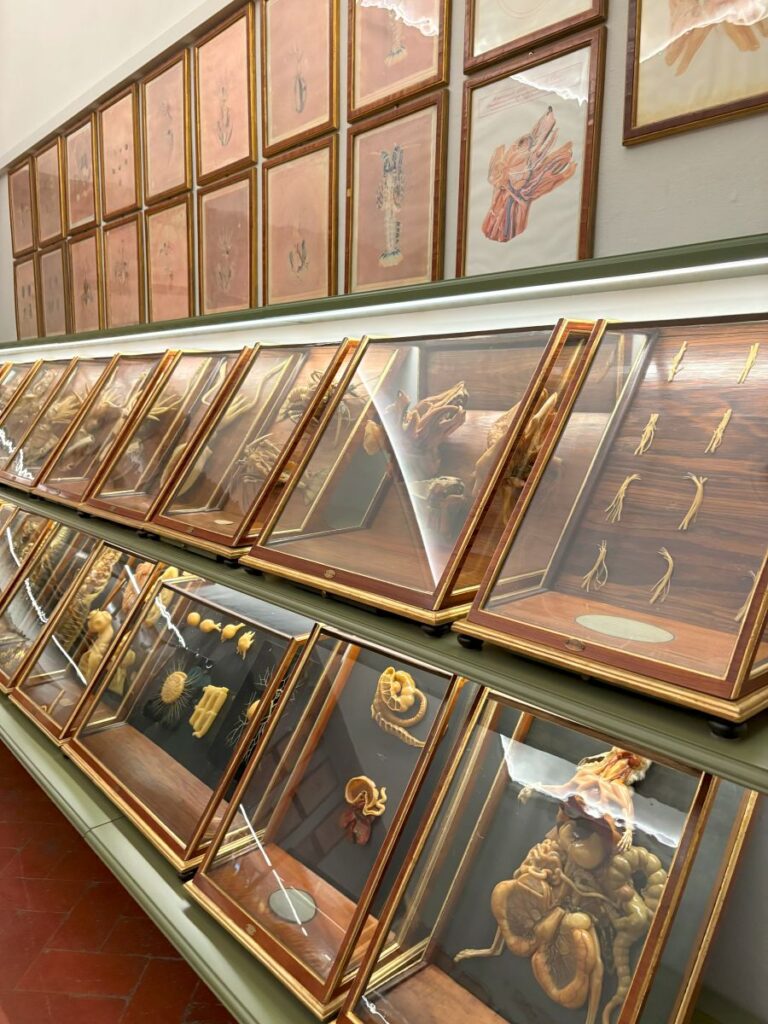
There are hundreds. A full-size ram with its innards splayed open. Cats, dogs, cows, chickens, sharks, a complete study of the sting ray. All of these models are in their original glass cases, created for scientific study and for the public’s curiosity.
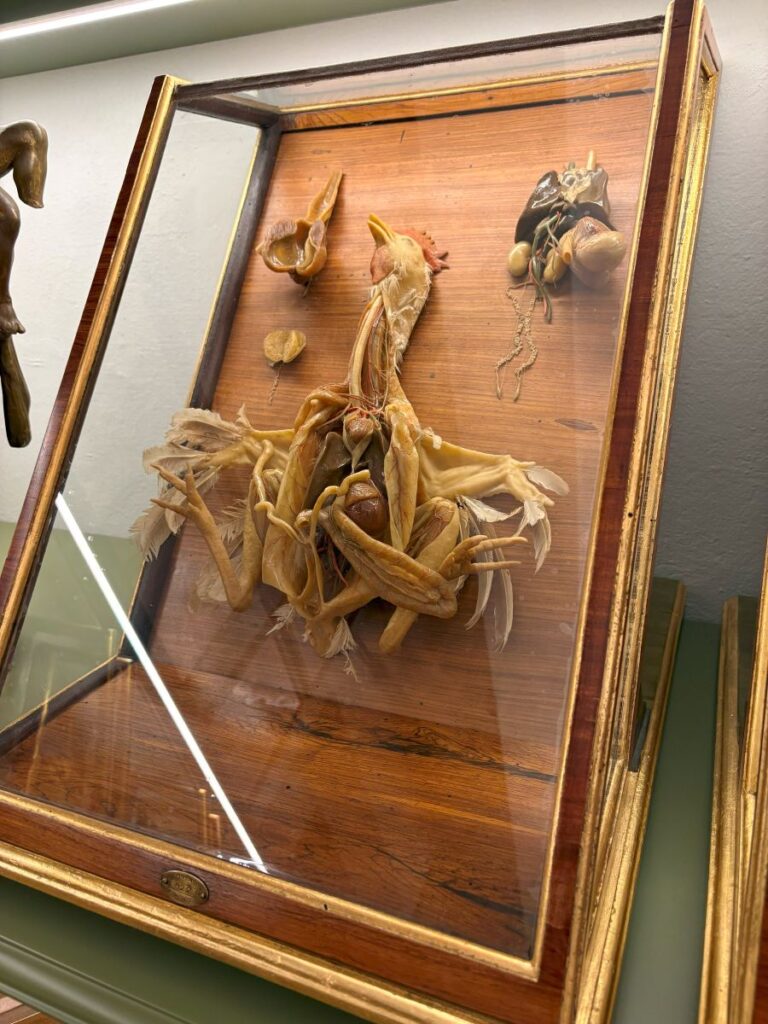
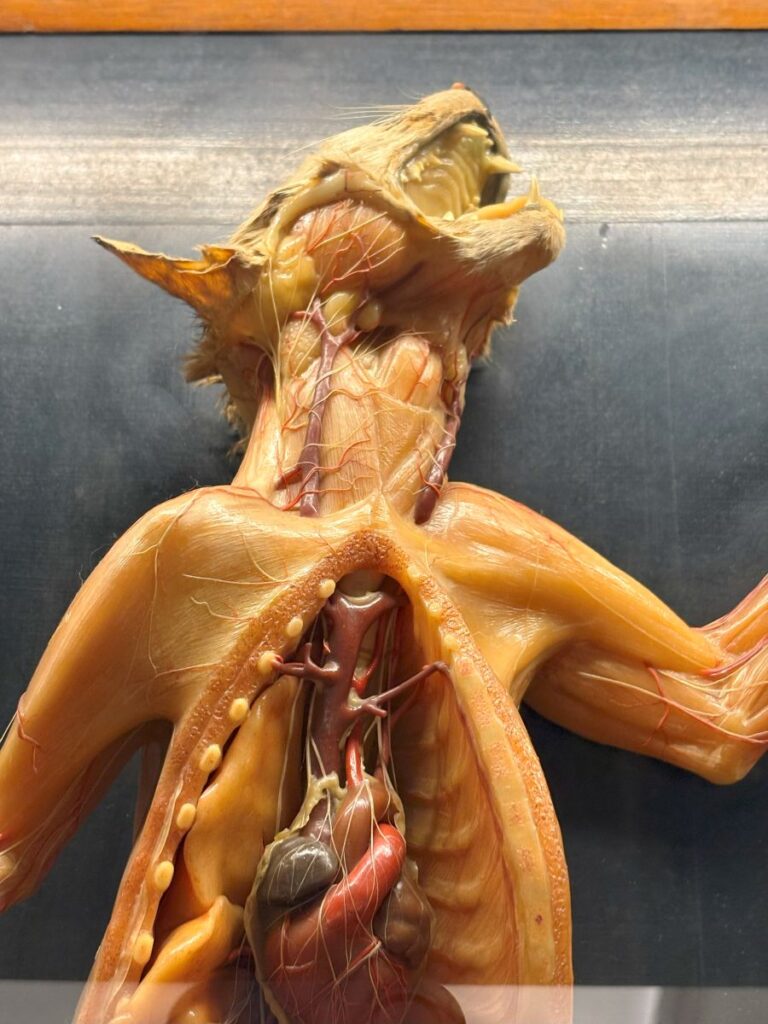
Plants, tiny innards of stems, leaves, buds and roots, enlarged to discover hidden secrets of these living beings. Visitors walk from room to room, in utter astonishment, and remember, these wax models were created 250 years ago.
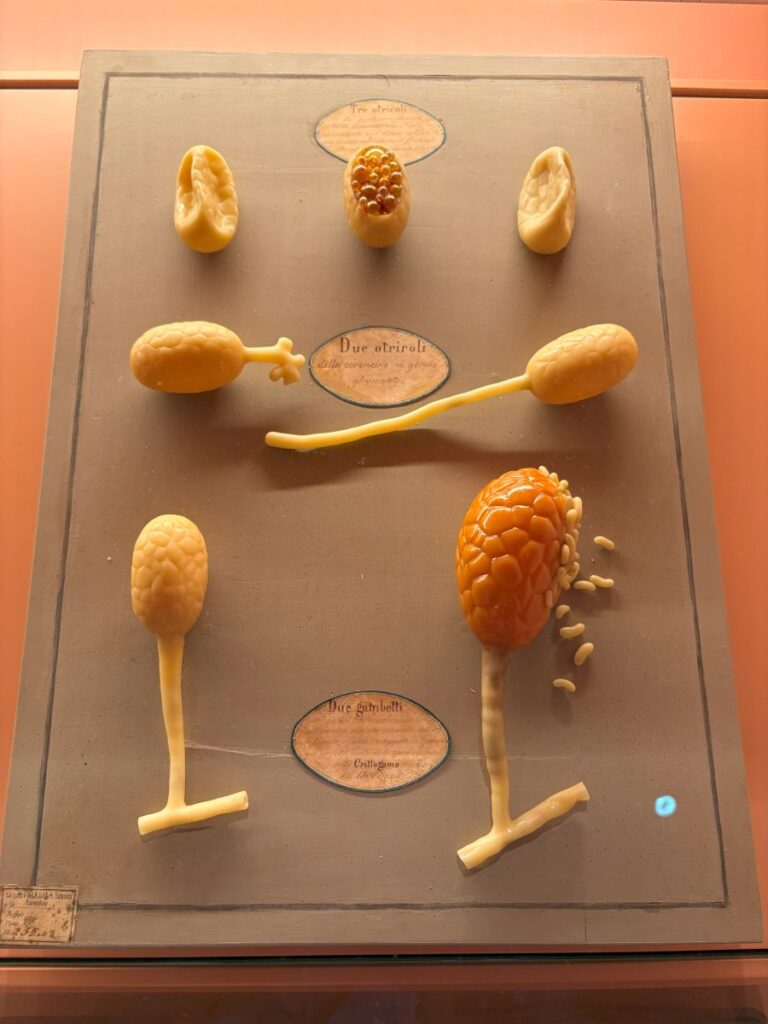
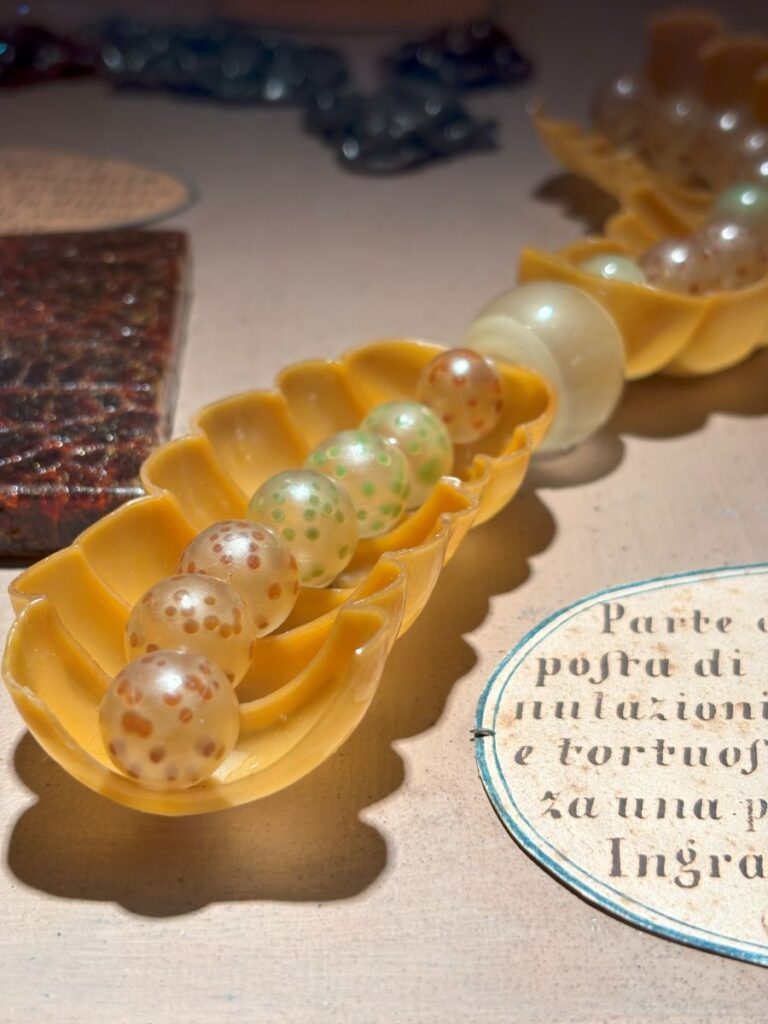
Anatomical Models
We are now at the crux of this museum. The anatomical models. Visitors pay an additional fee of €3 to see these rooms. Small groups of up to 15 people, are guided through three times per day. If you are in Florence, you must see this.
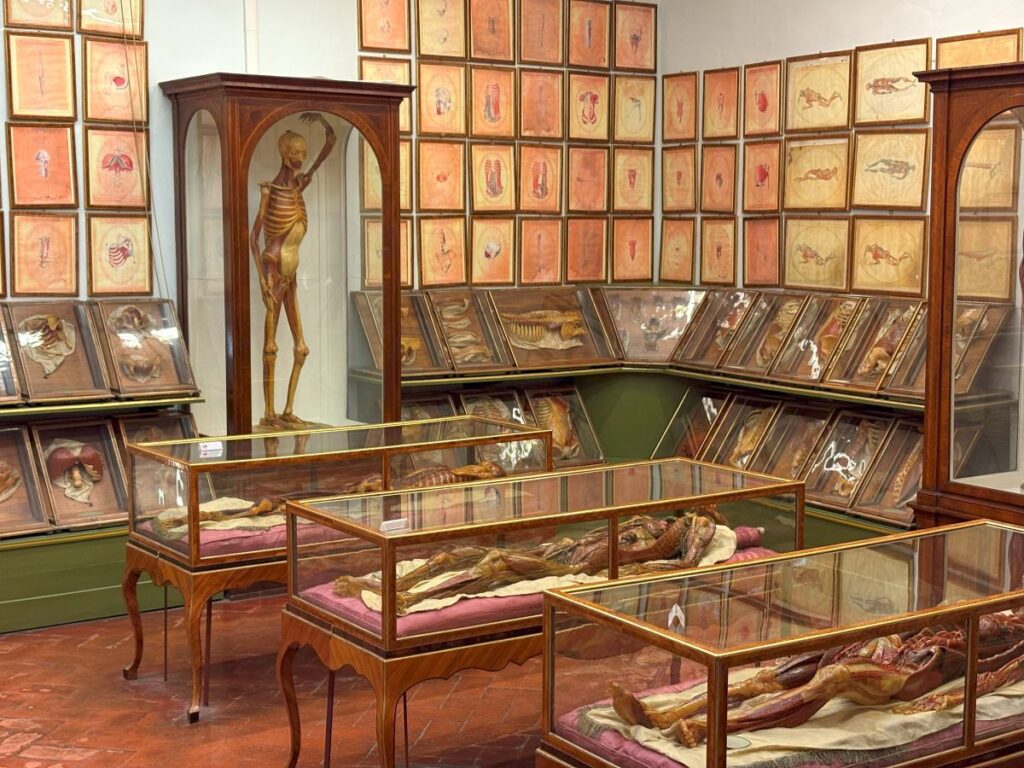
Created by the best Florentine wax artists of the 17th and 18th centuries are 1,400 models of human anatomy. Included in this number are 18 full sized bodies. Every specimen is shown in its original case or casket that contains a tiny drawer at the bottom. The public was able to open this drawer and remove a sheet of paper with illustrations and descriptions of what they were seeing.

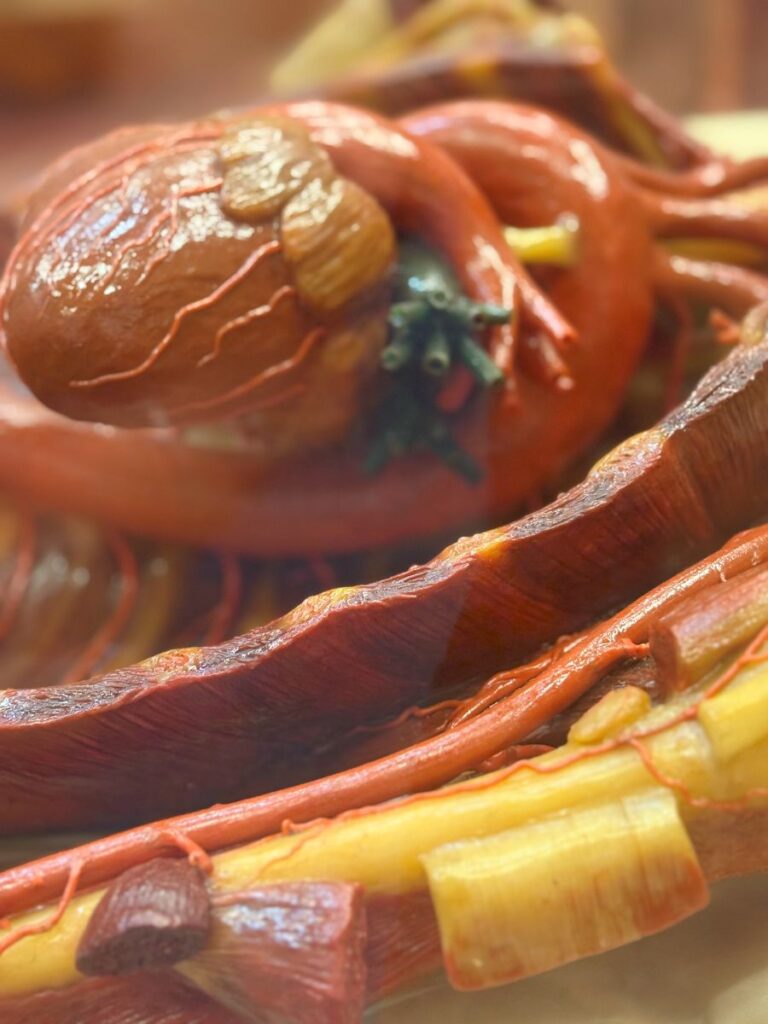
The walls above the cases are covered in these remarkably detailed illustrations.
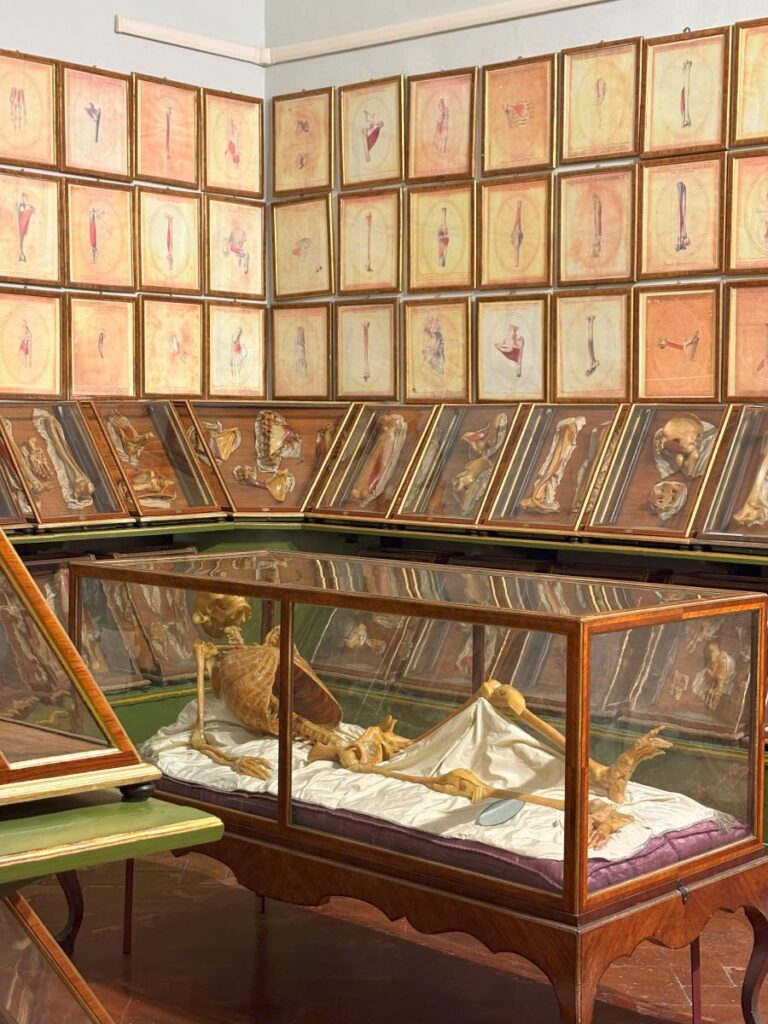
Models as Art
As one enters the first room, it is with trepidation and complete awe. Your brain cannot fully comprehend what it is seeing. The models are remarkably life like, for corpses were used to create each one. The full-size figures used an average of 200 corpses to create. Bodies were gathered from the morgue and prisons, those of the homeless, sick and uncollected.
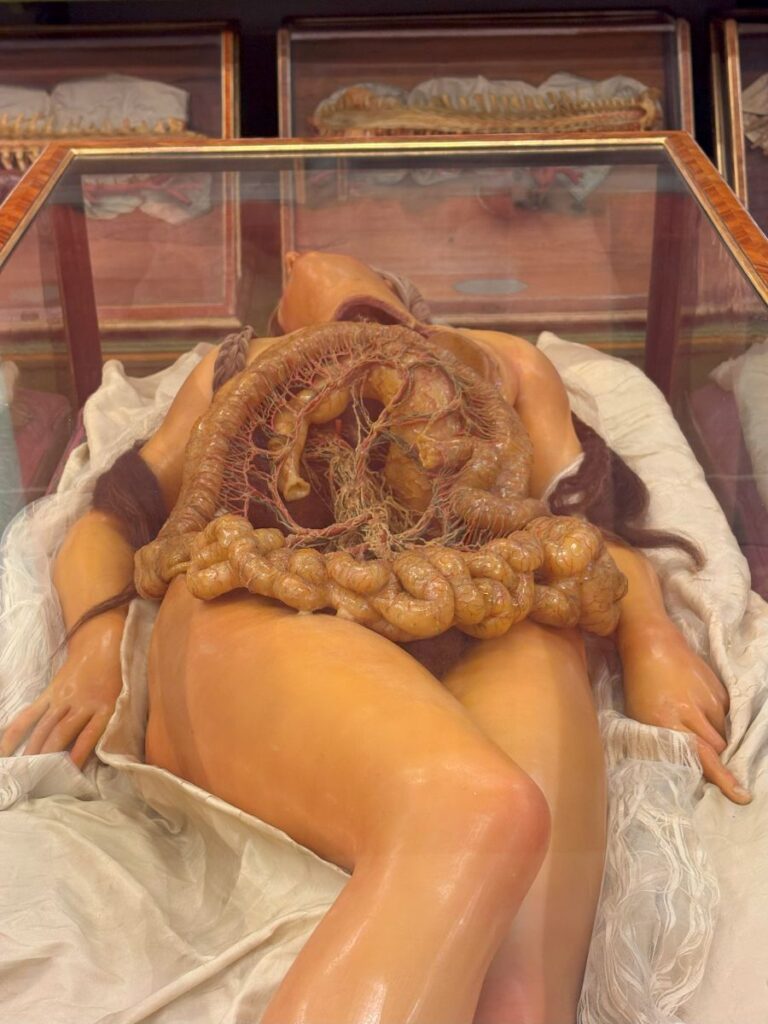

Every single part of each model is made of wax, predominately beeswax. The only thing not wax is any hair, real human hair is used, or in the case of the animals, real fur and feathers.
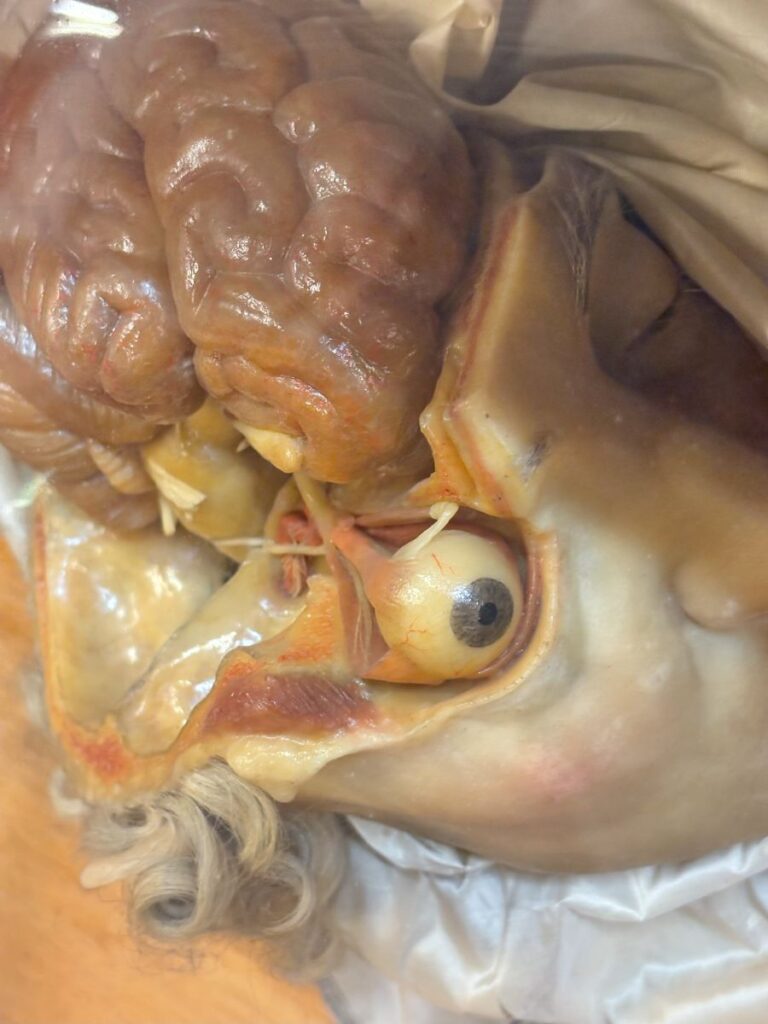
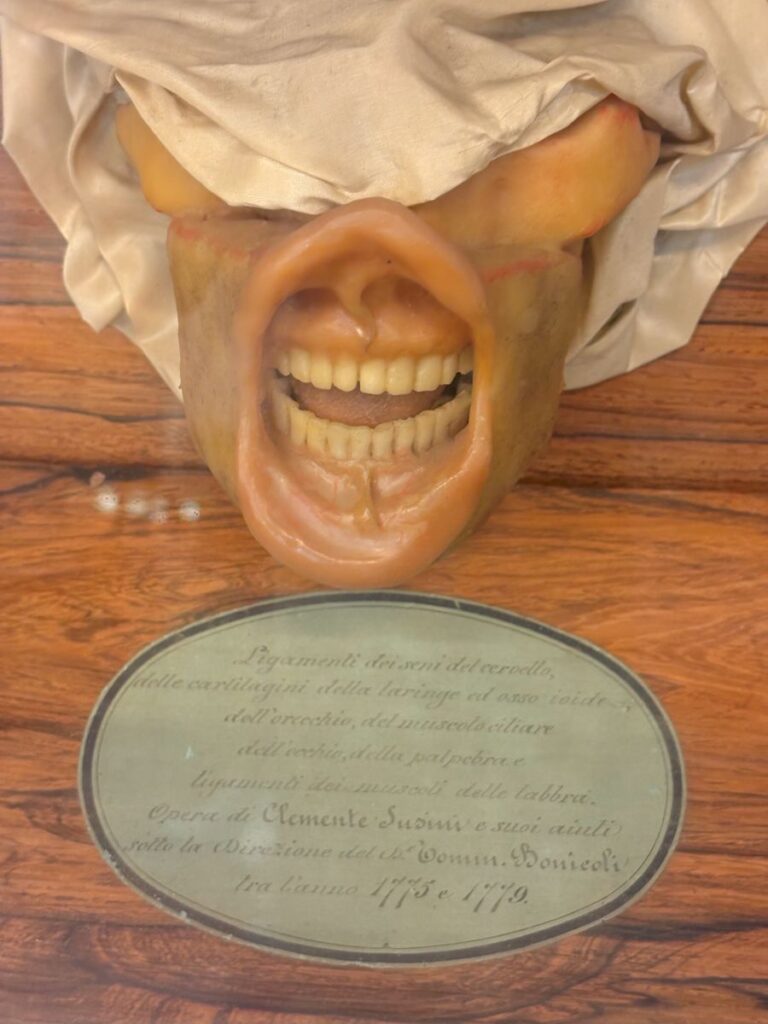
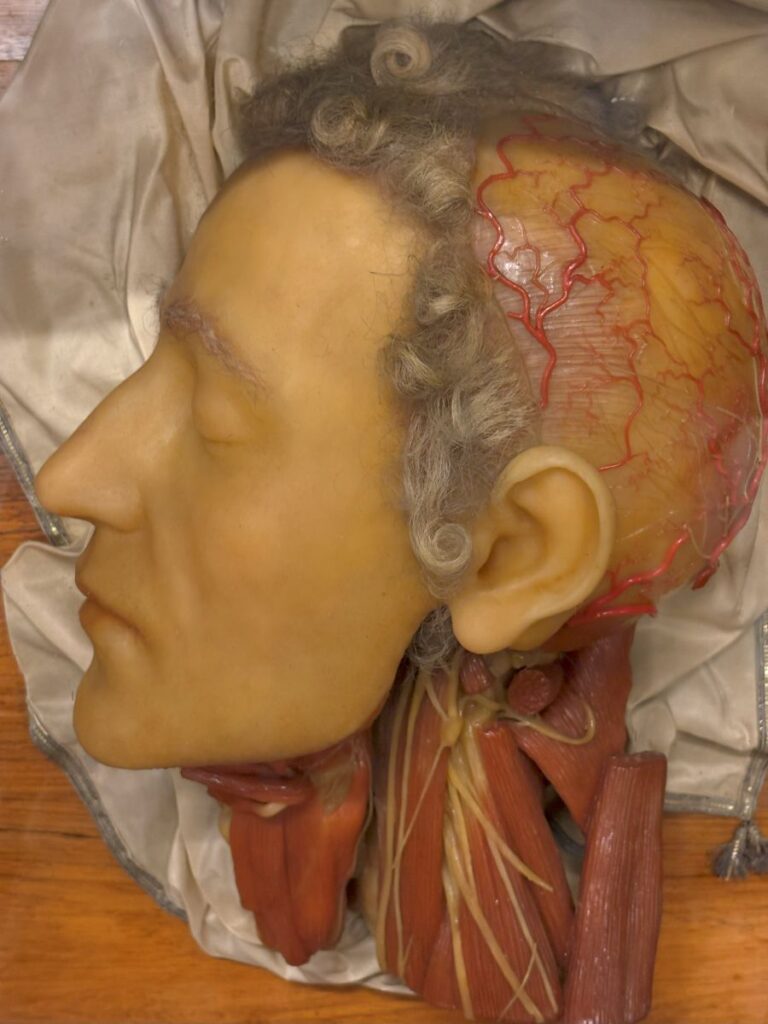
My small group is lead through the rooms, the guide providing a little information in English and Italian. It is with utter disbelief that I walk these old tile floors and peer into each case. I really have no words for how astonishing this collection is.
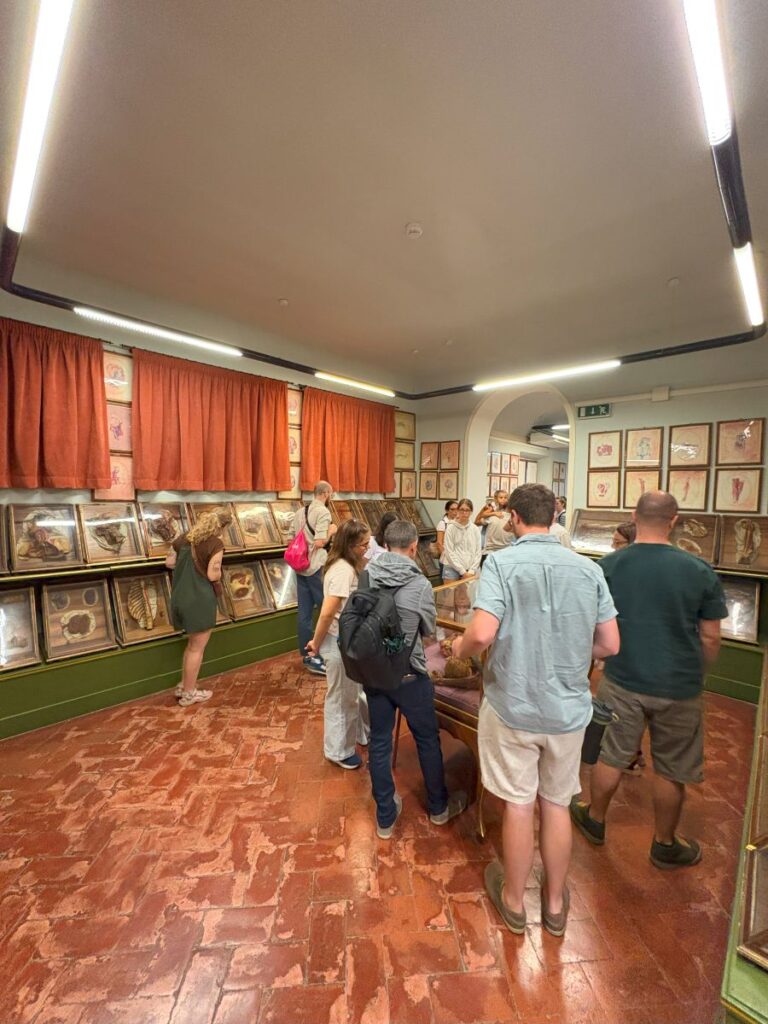
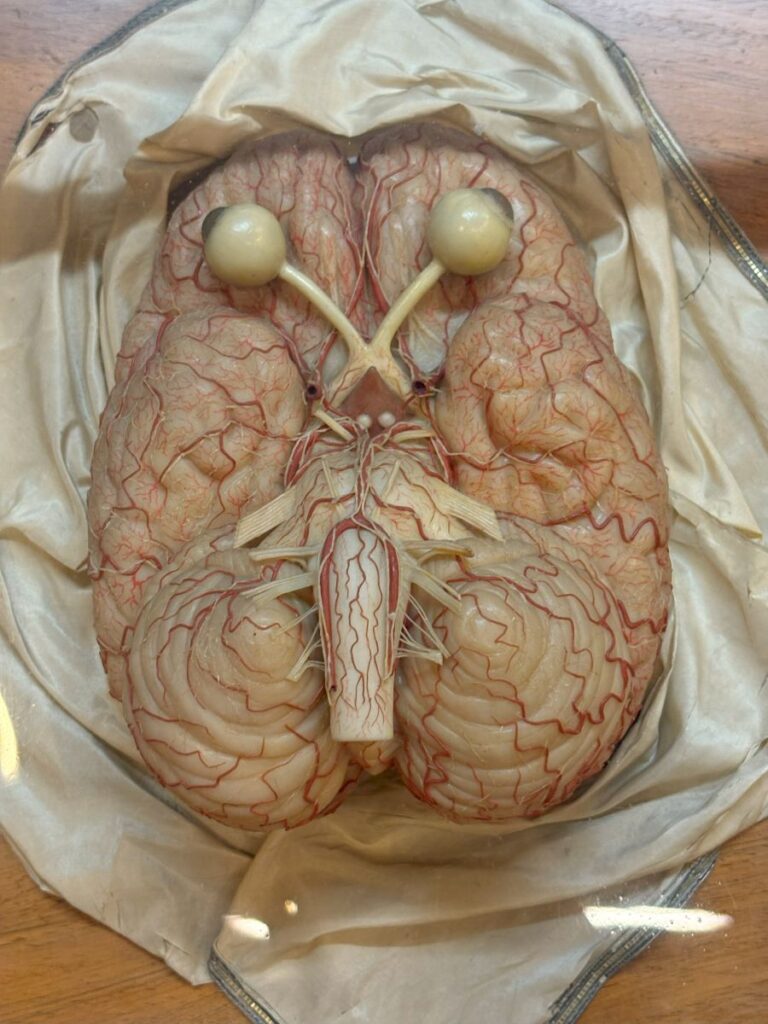

This is art, there is no disputing that fact. The bodies are posed as Michelangelo would have placed them. The most famous is Lo Spellato the ‘skinned’ model. He lays there, in the exact representation of a human with its skin removed.
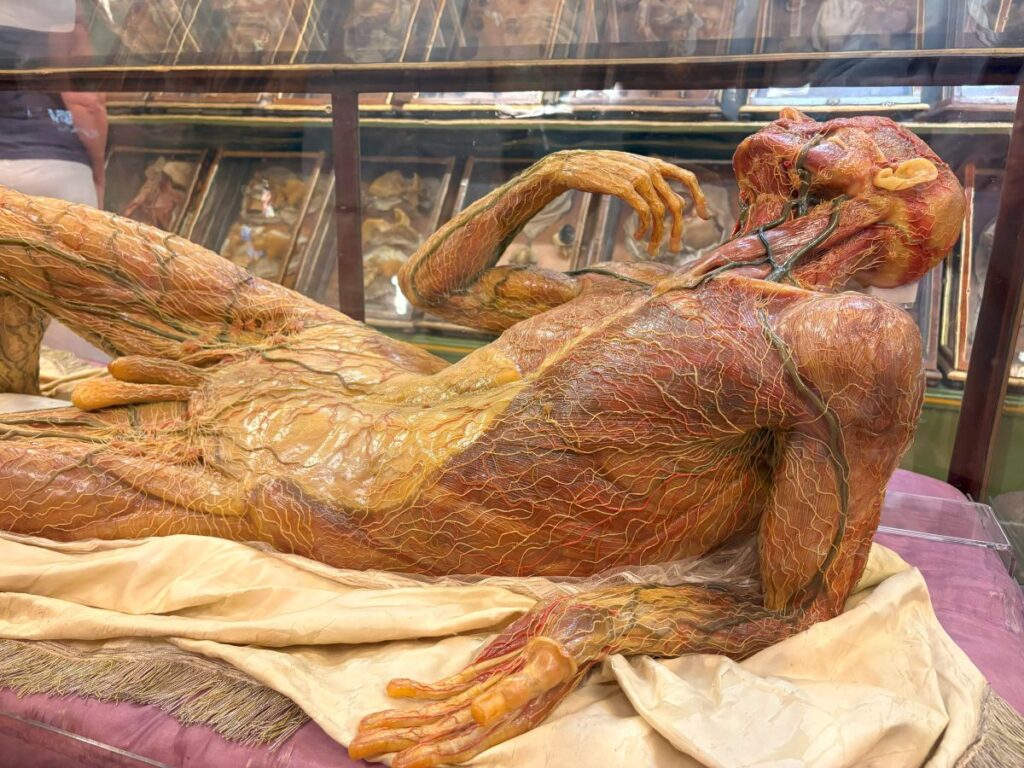
The female figures are posed as Venus, their private areas hidden and their torsos gutted and splayed open for study and observation.
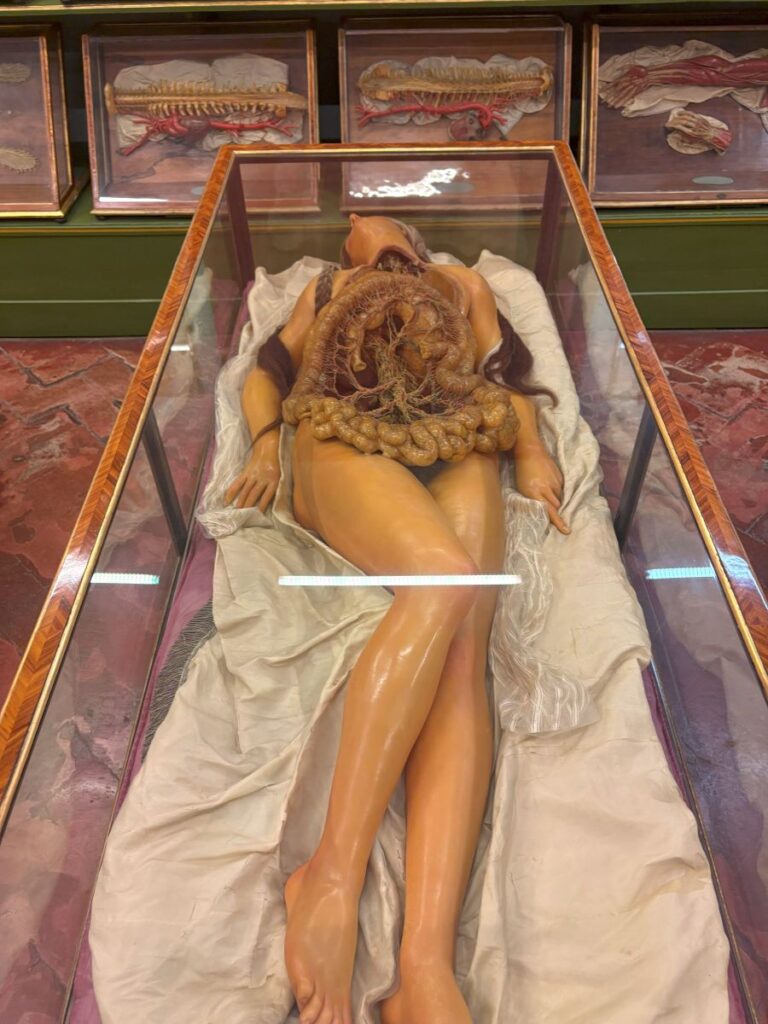
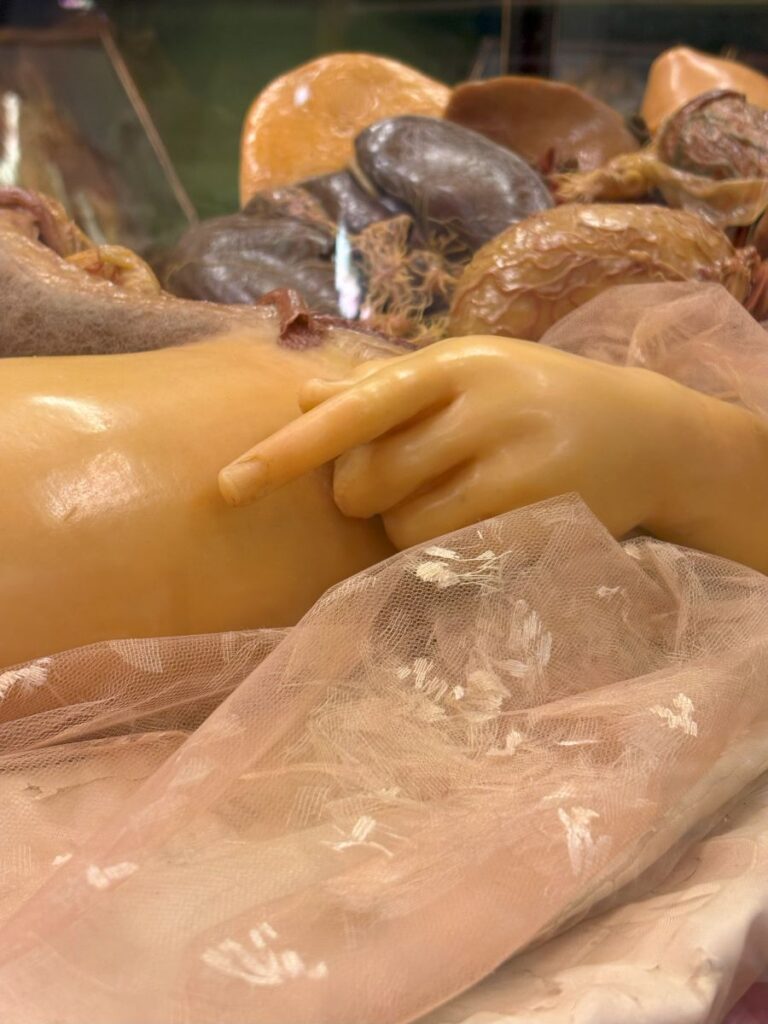
Obstetrics
There is one single room that is separate from the others and behind closed doors. It is obstetrics and also contains the models of the sex organs. I was not expecting this room, as I had never read or seen any photos of it. The models of the human belly and the growth of the baby within are astounding. One specifically shows the baby in the amniotic fluid filled sac. Truly a work of art.
Other models are of the baby itself with its little chest splayed open, difficult to look at but remember these are pieces of art. Created and used for study, so that corpses would not have to keep being used. The only part of the entire anatomy collection that is incorrect in inside this room. At the time, it was thought that each sperm contained a fully formed and developed human just in minuscule proportions. And this miniature human simply grew inside the belly.
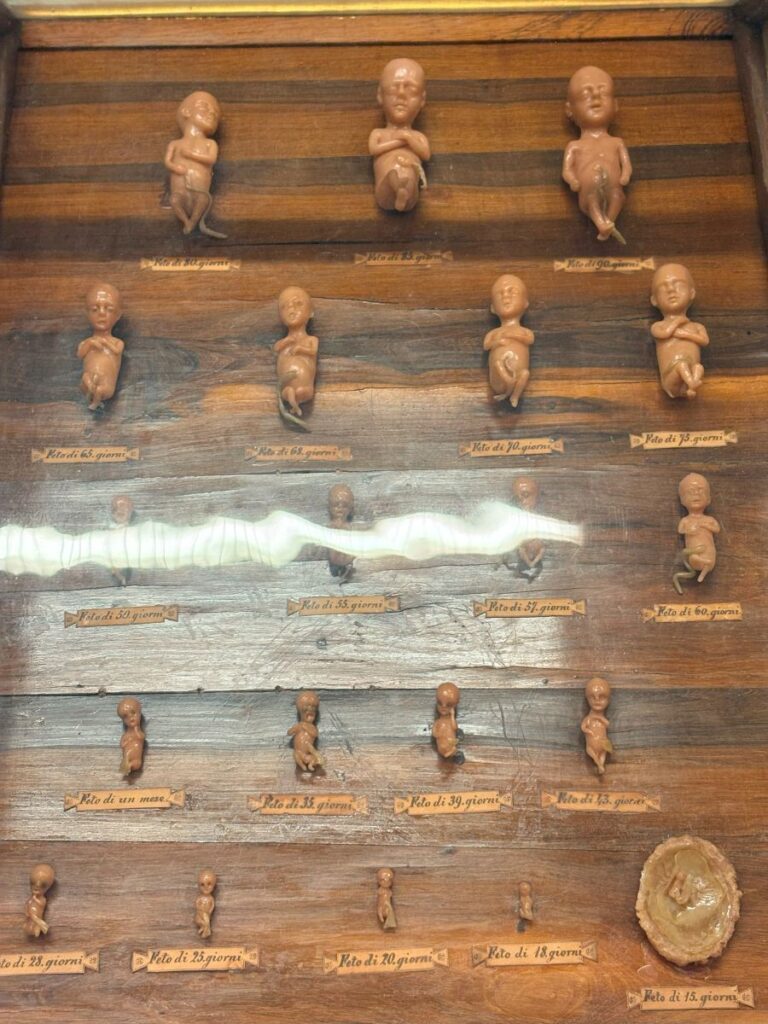
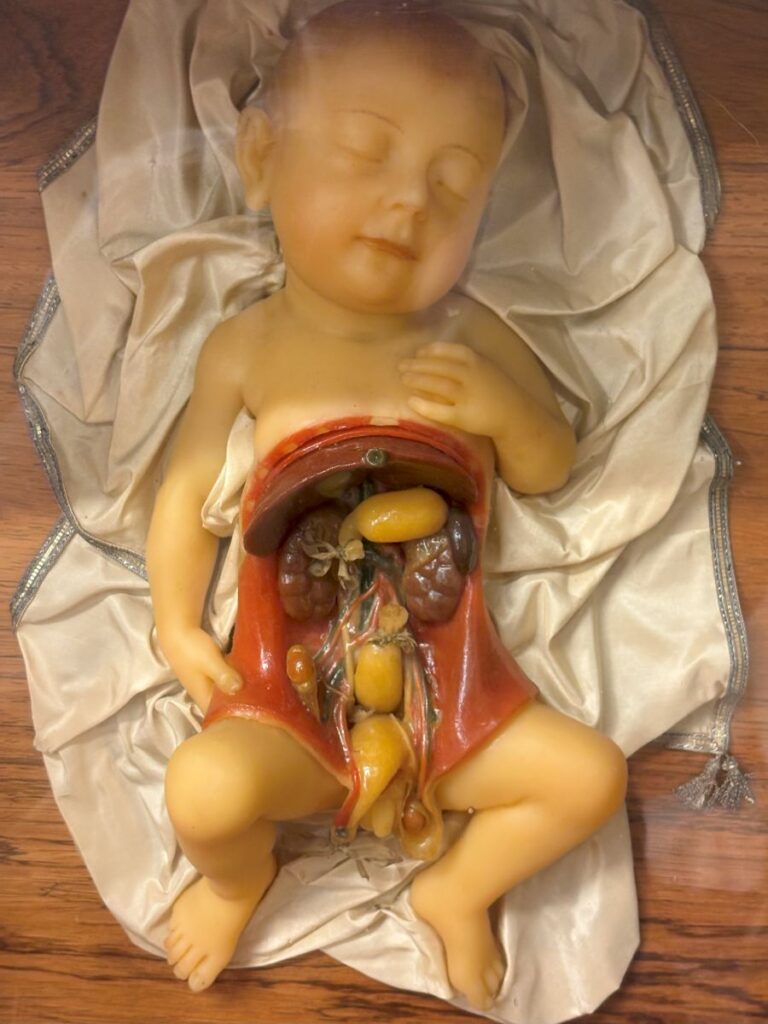
If I can give advise to any future visitor to Florence, it is that you must have La Specola on your list of places to see. This is by far, the best natural history museum, and possibly the best museum I have ever seen in my life. It will be a long time, possibly never, that I forget what I have seen here this day.
